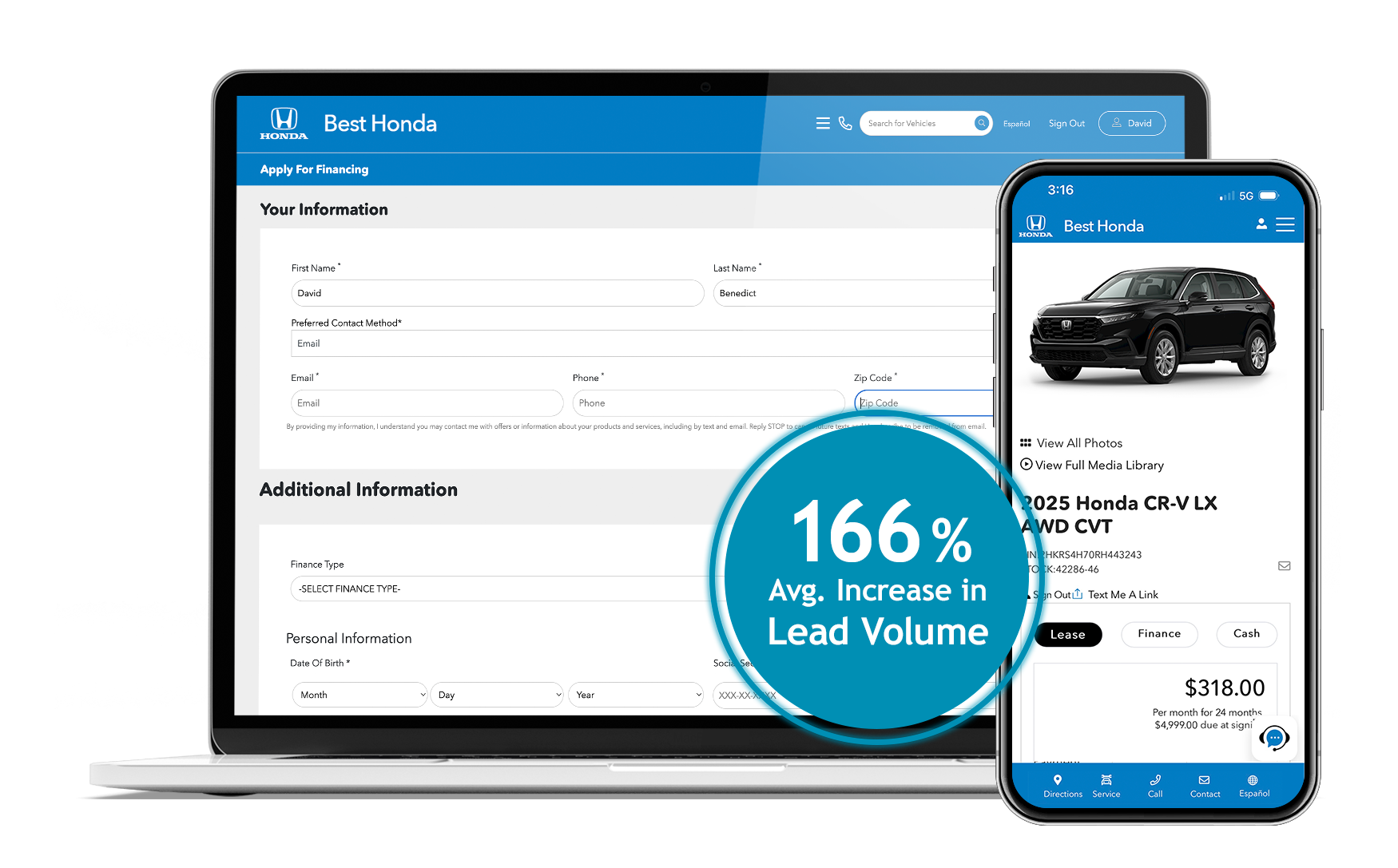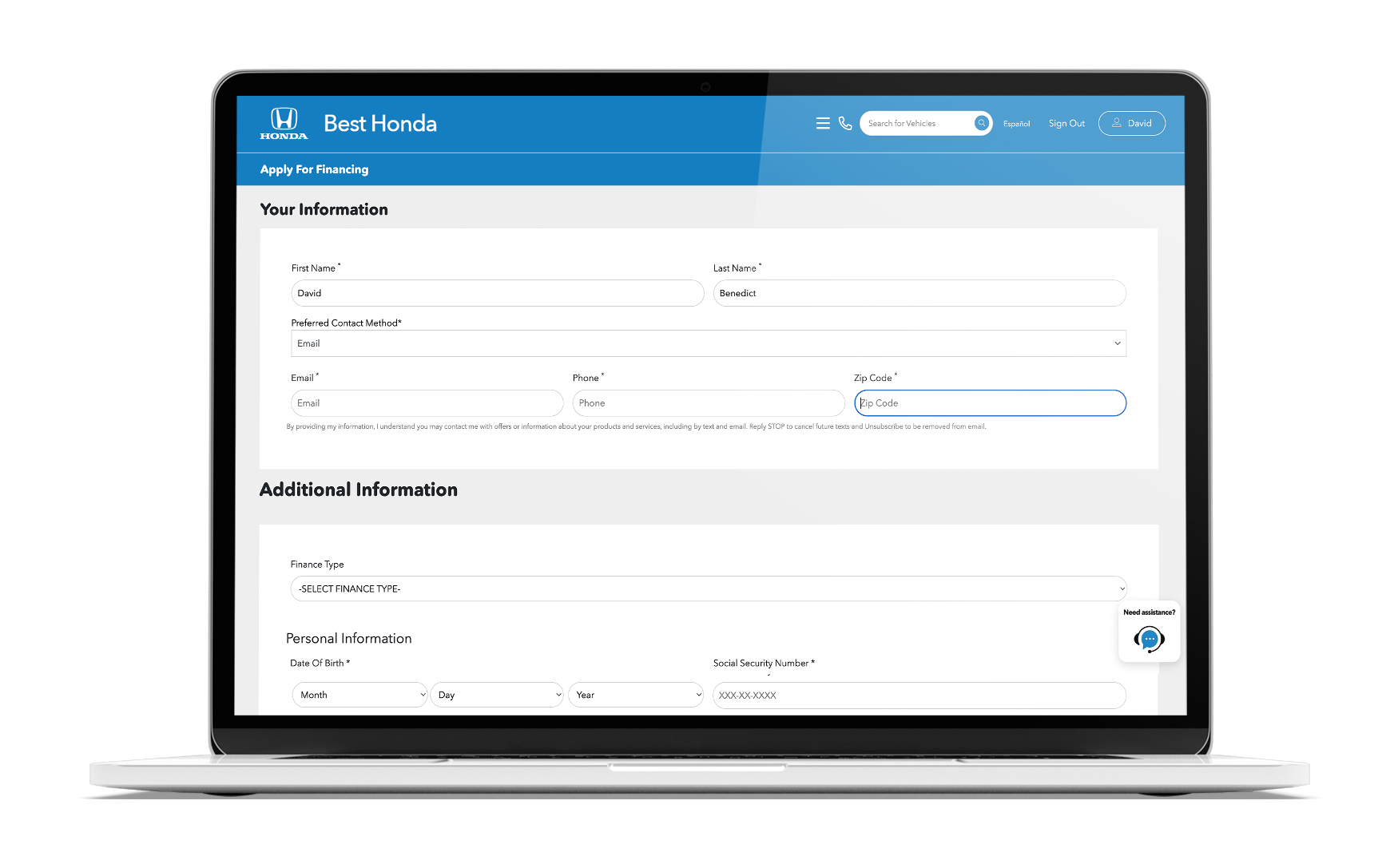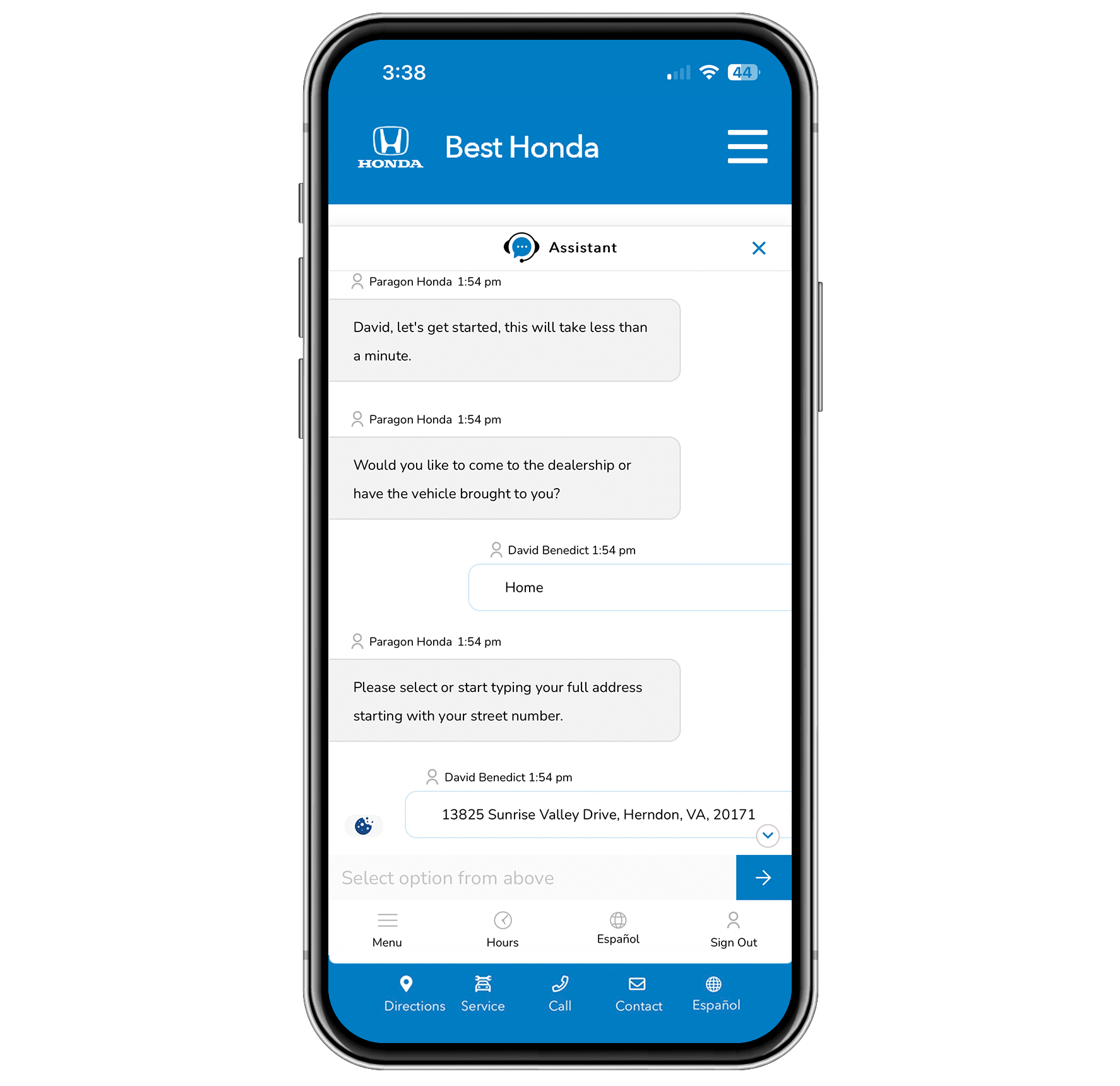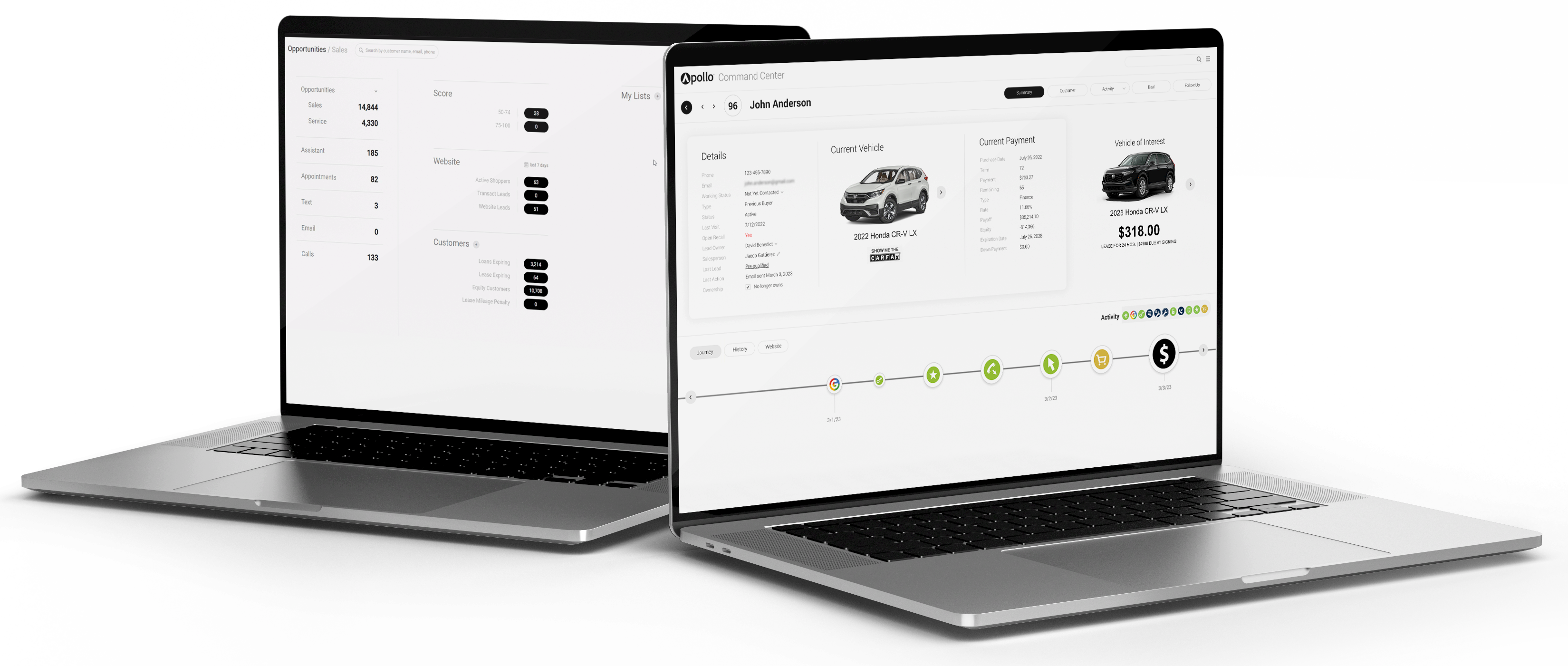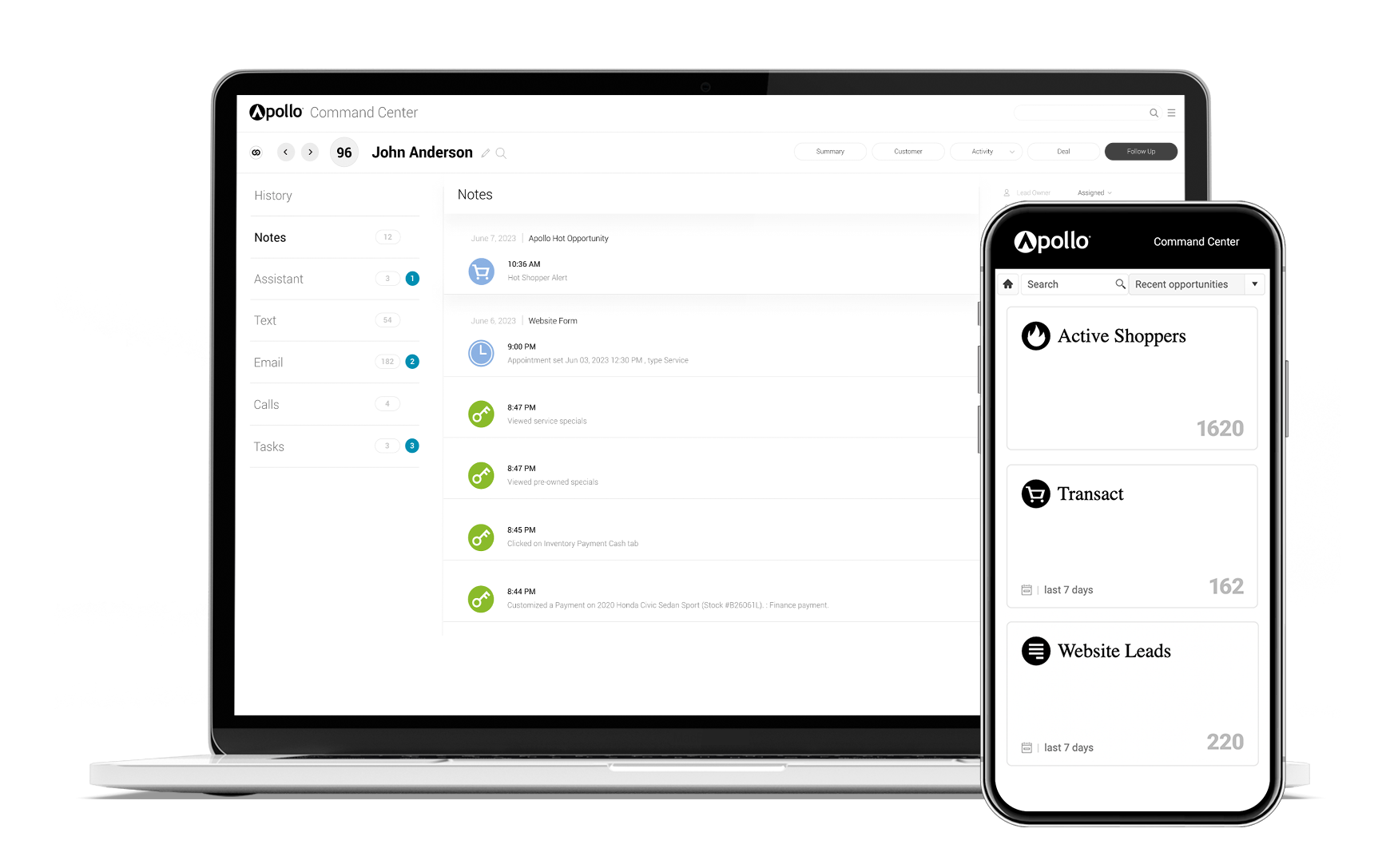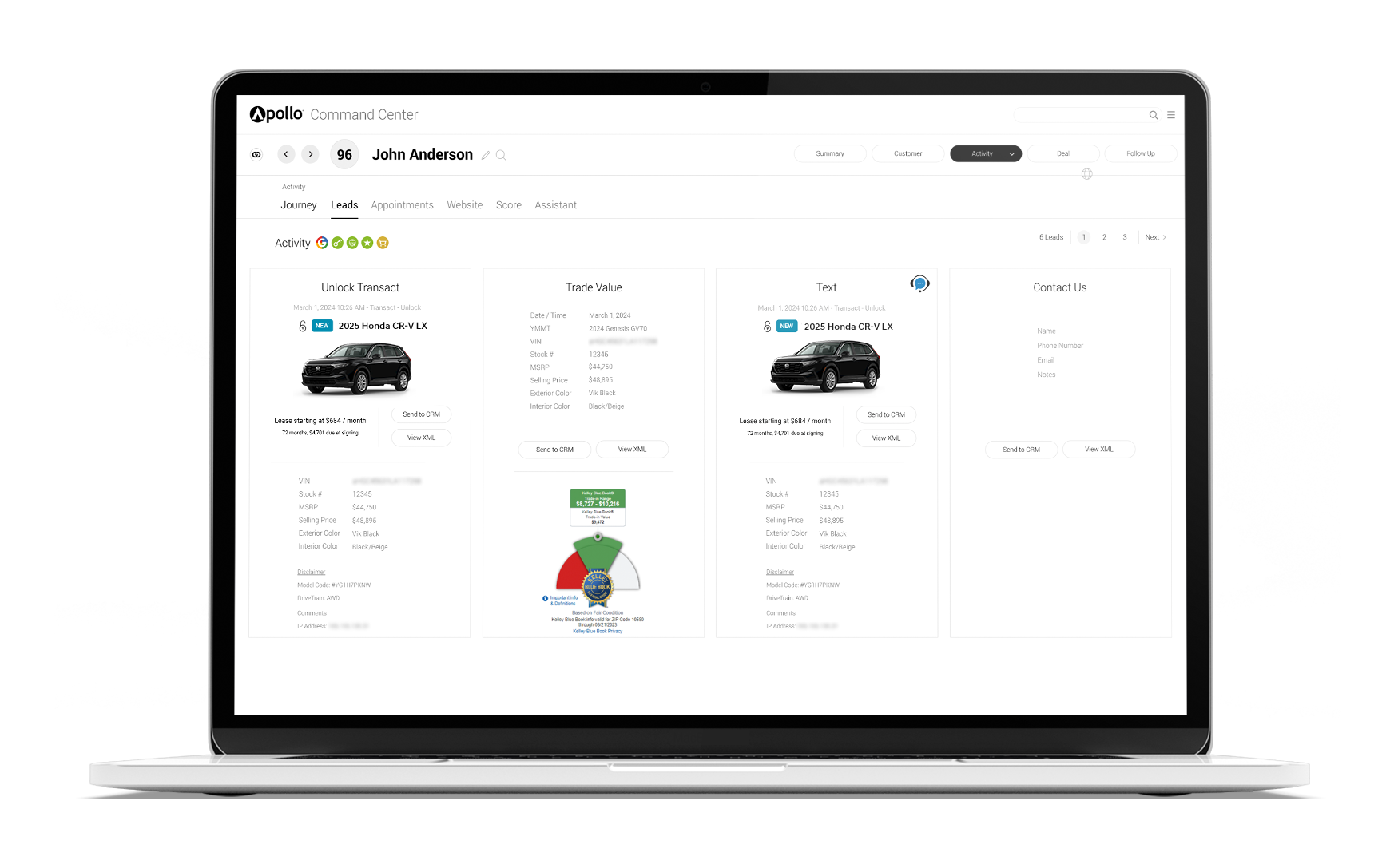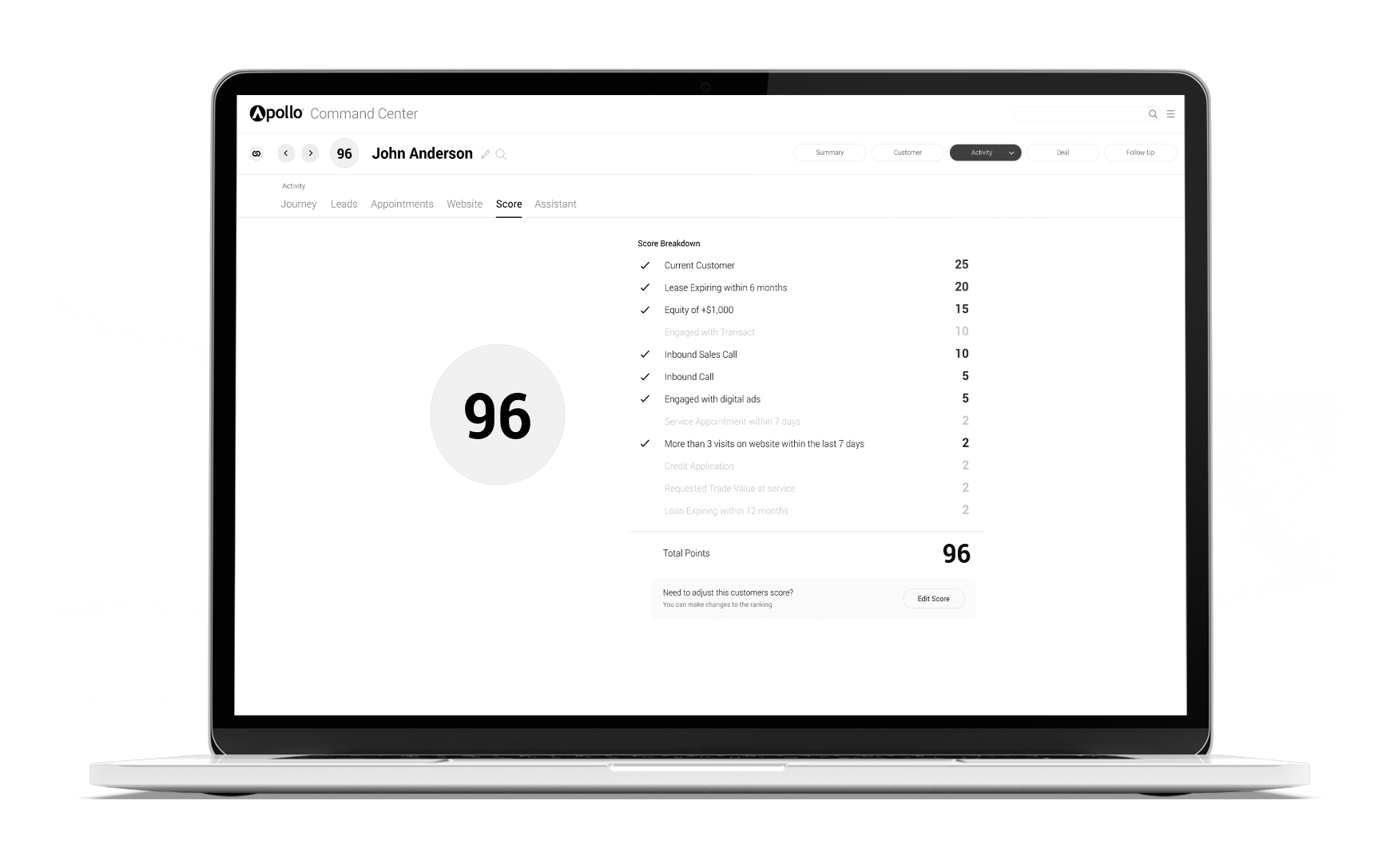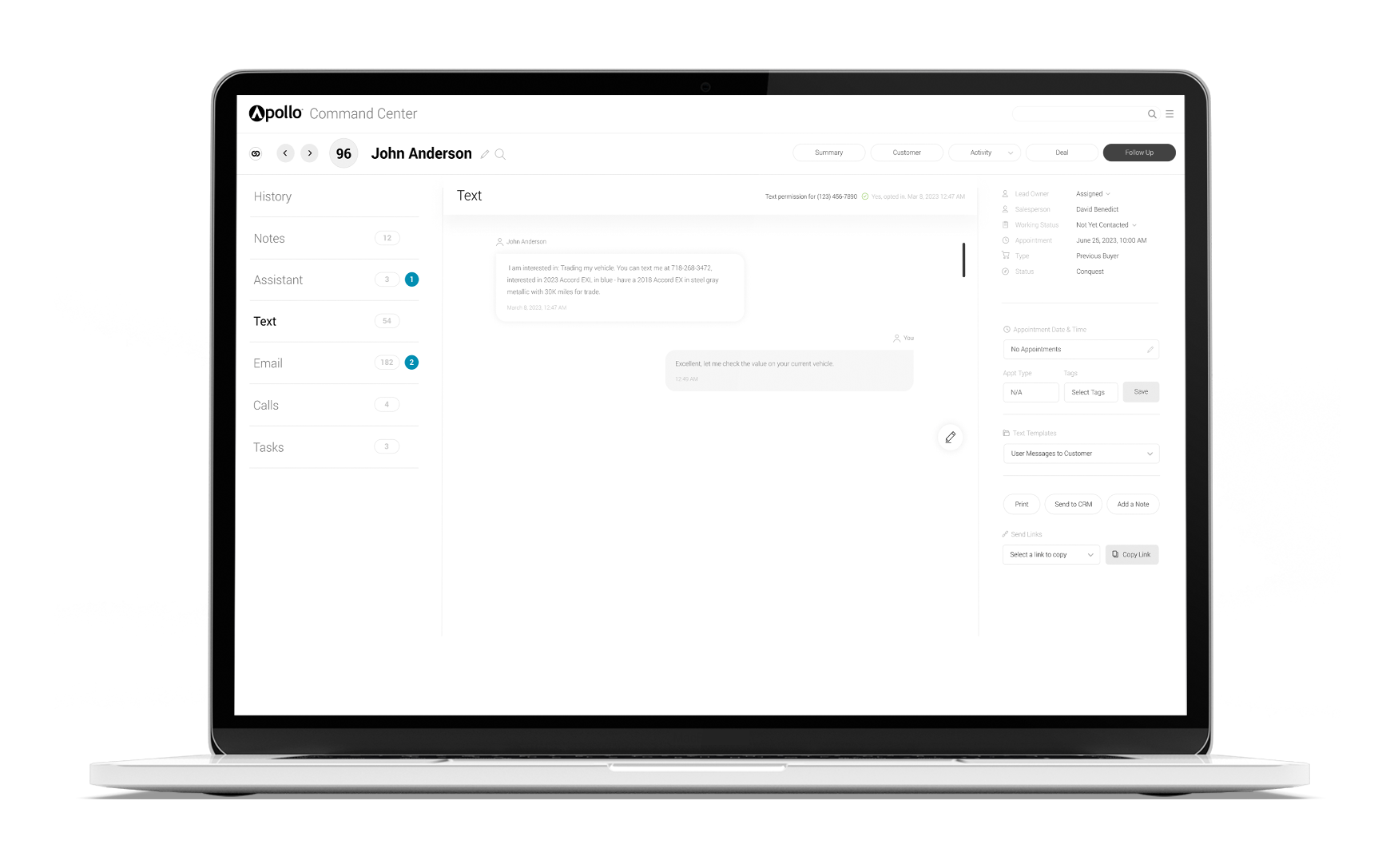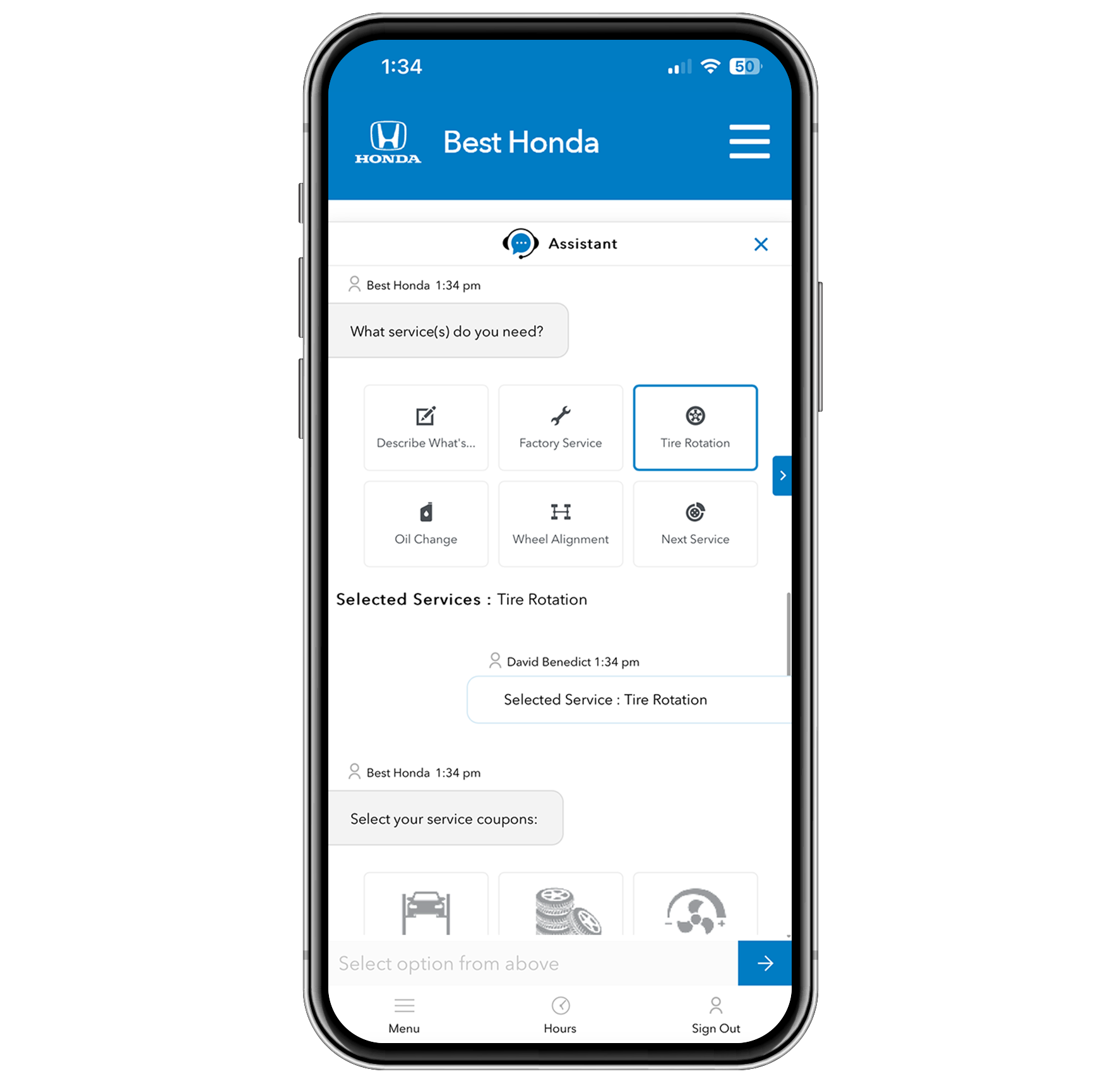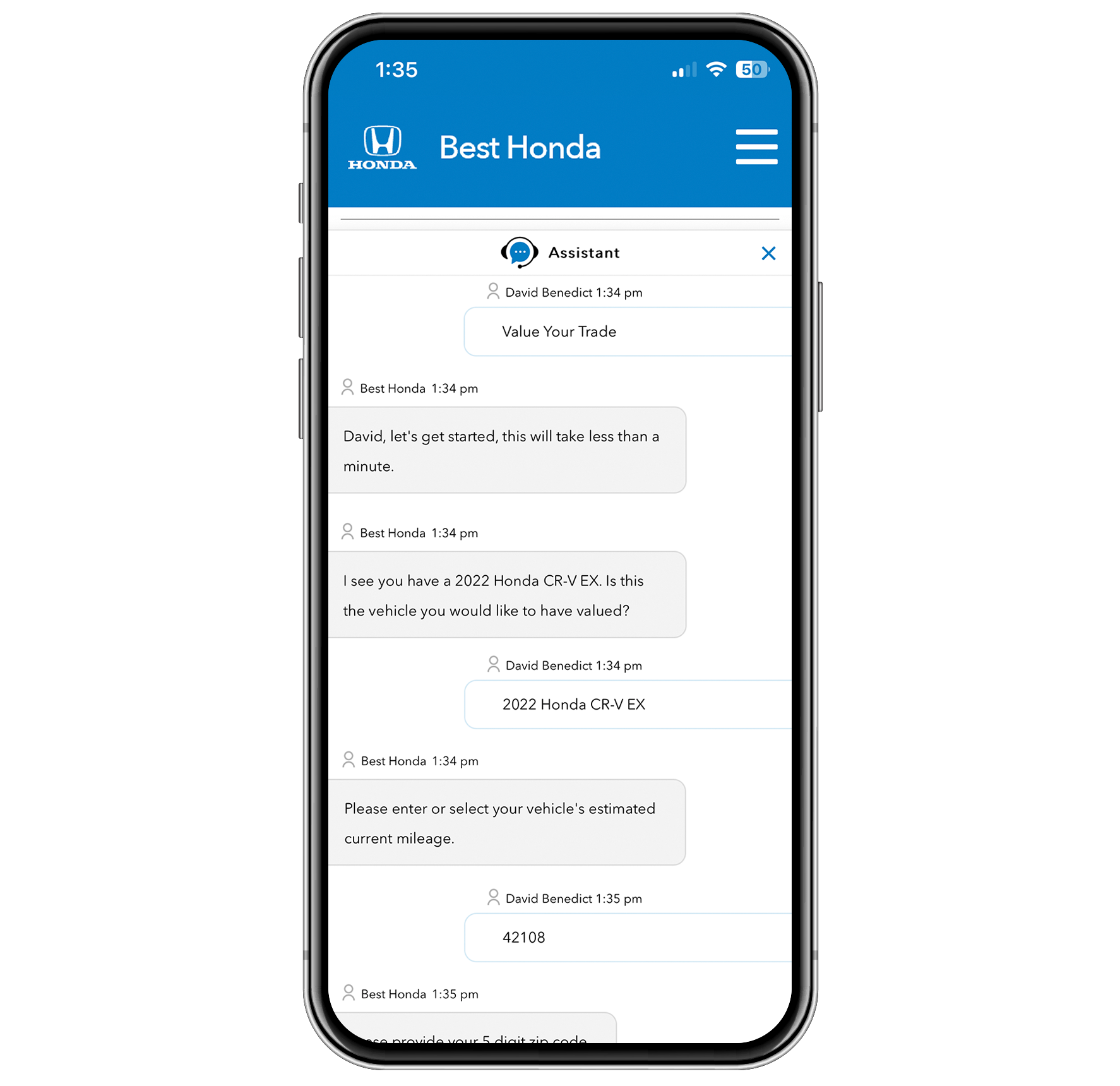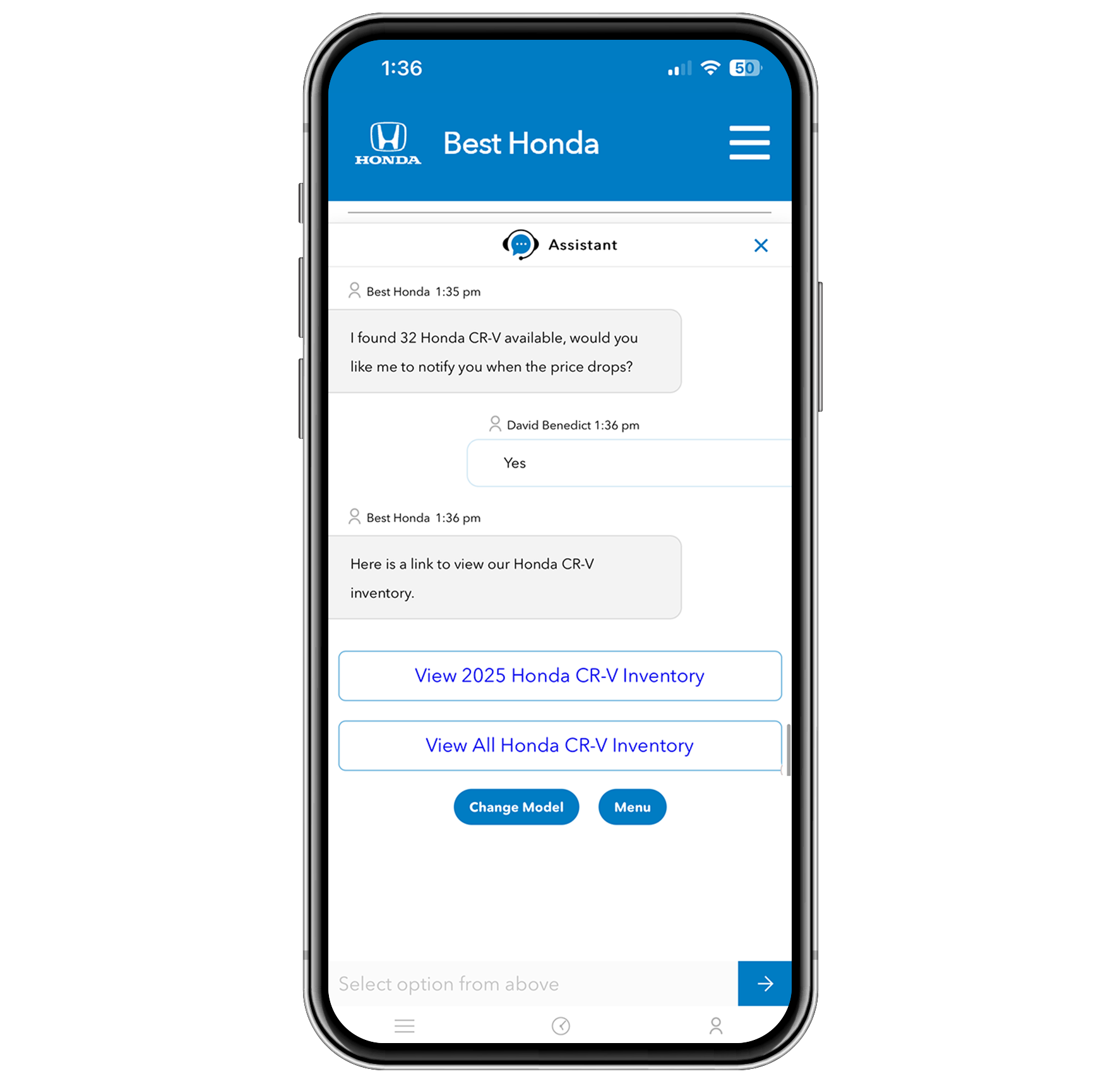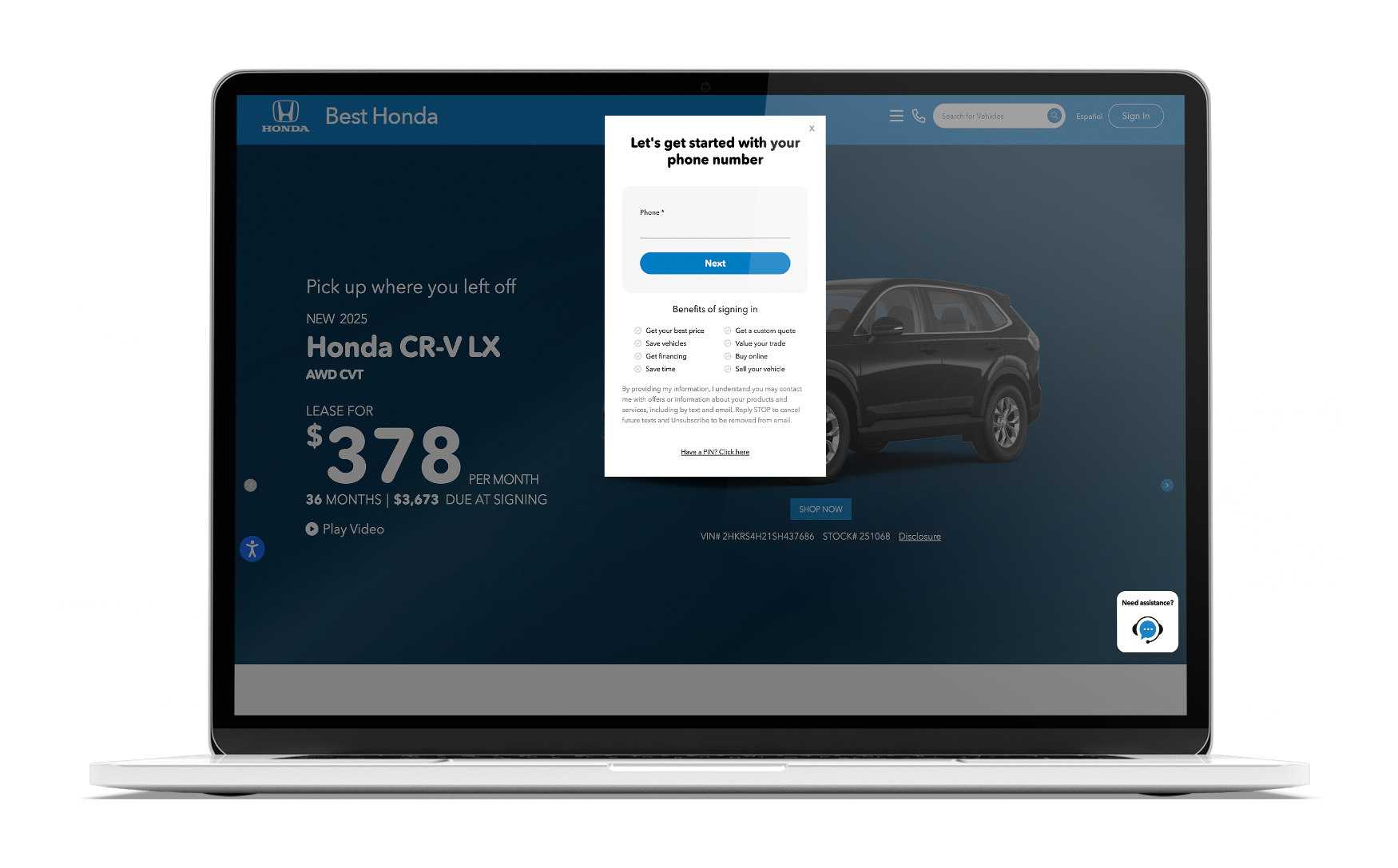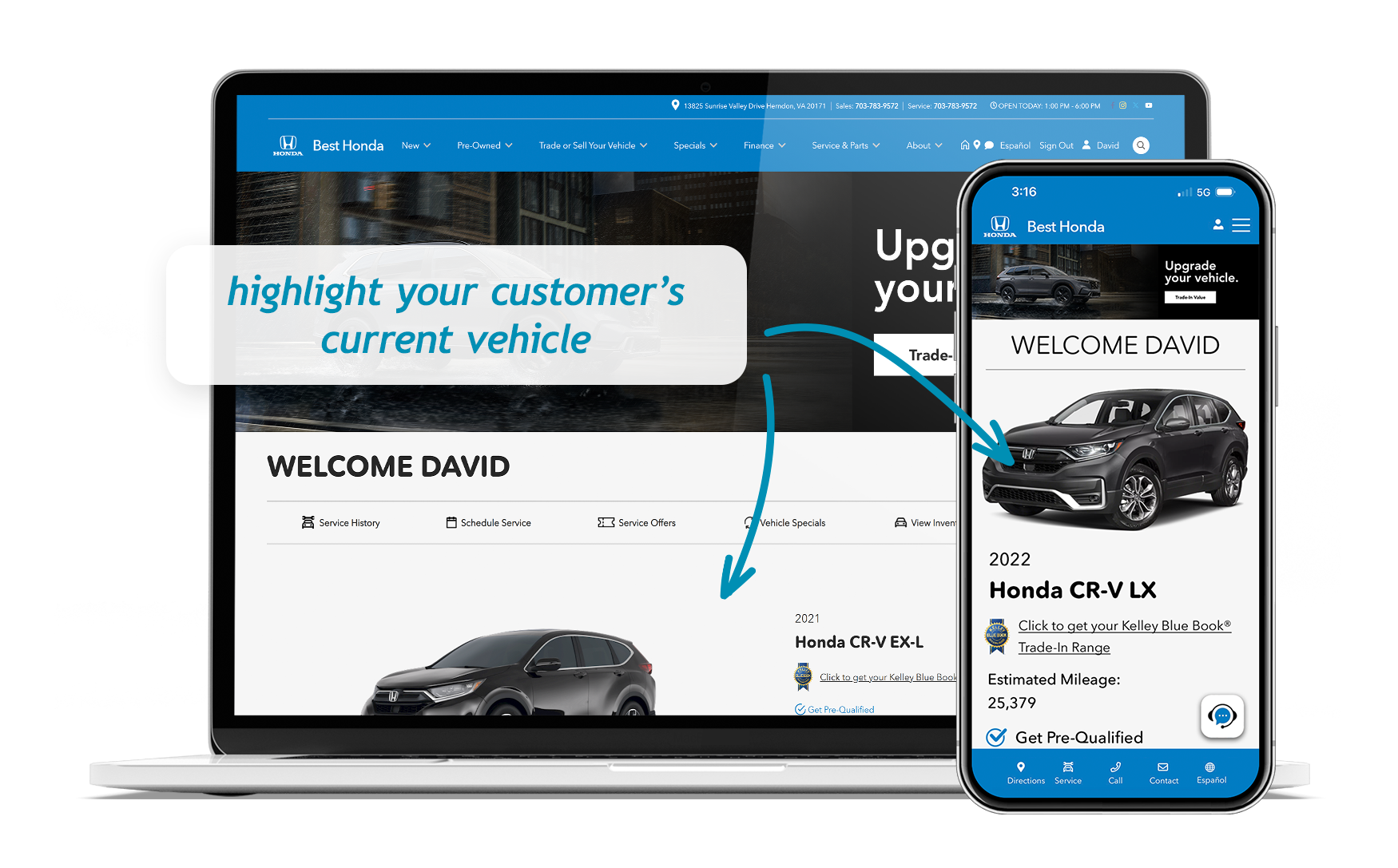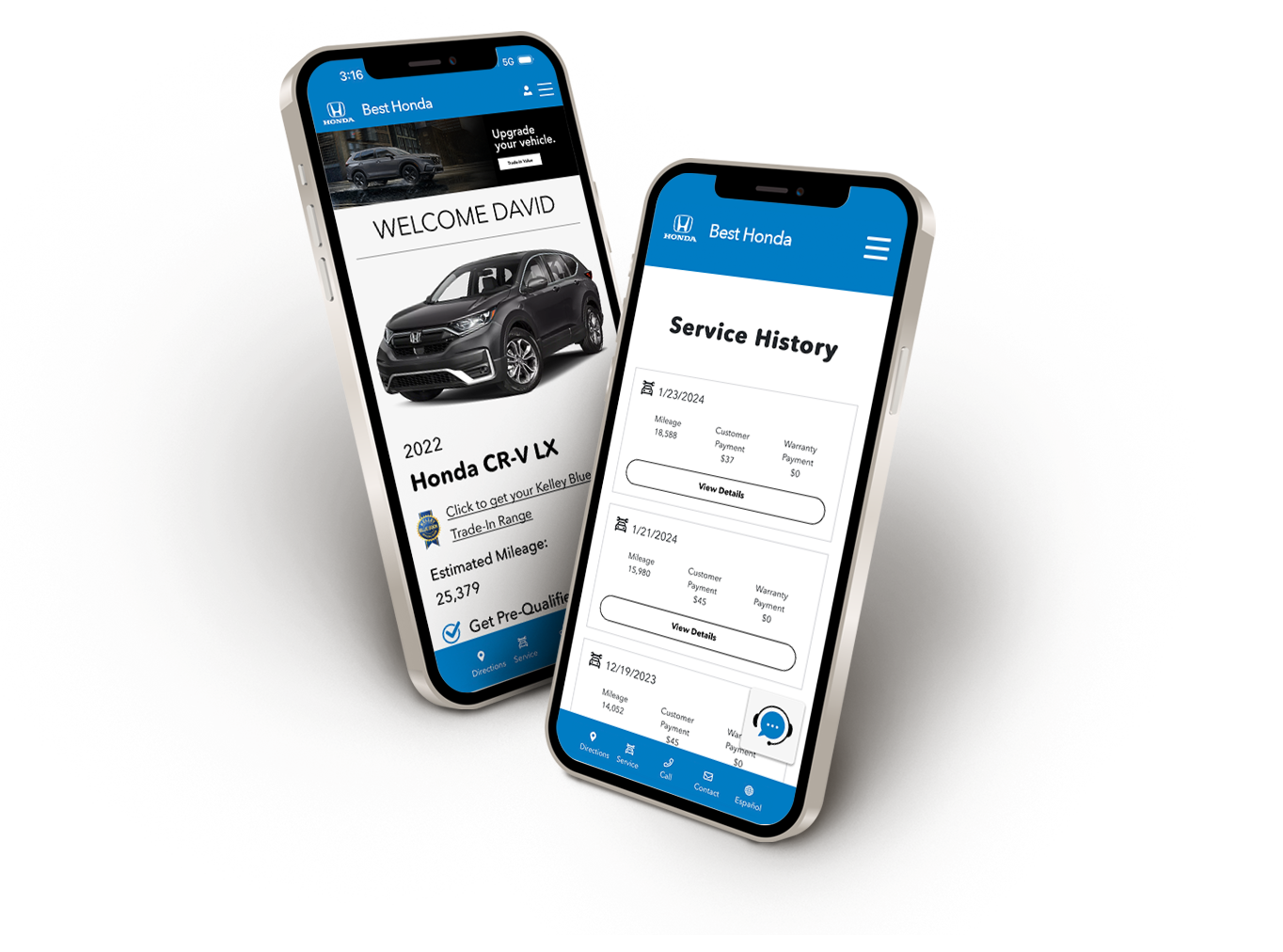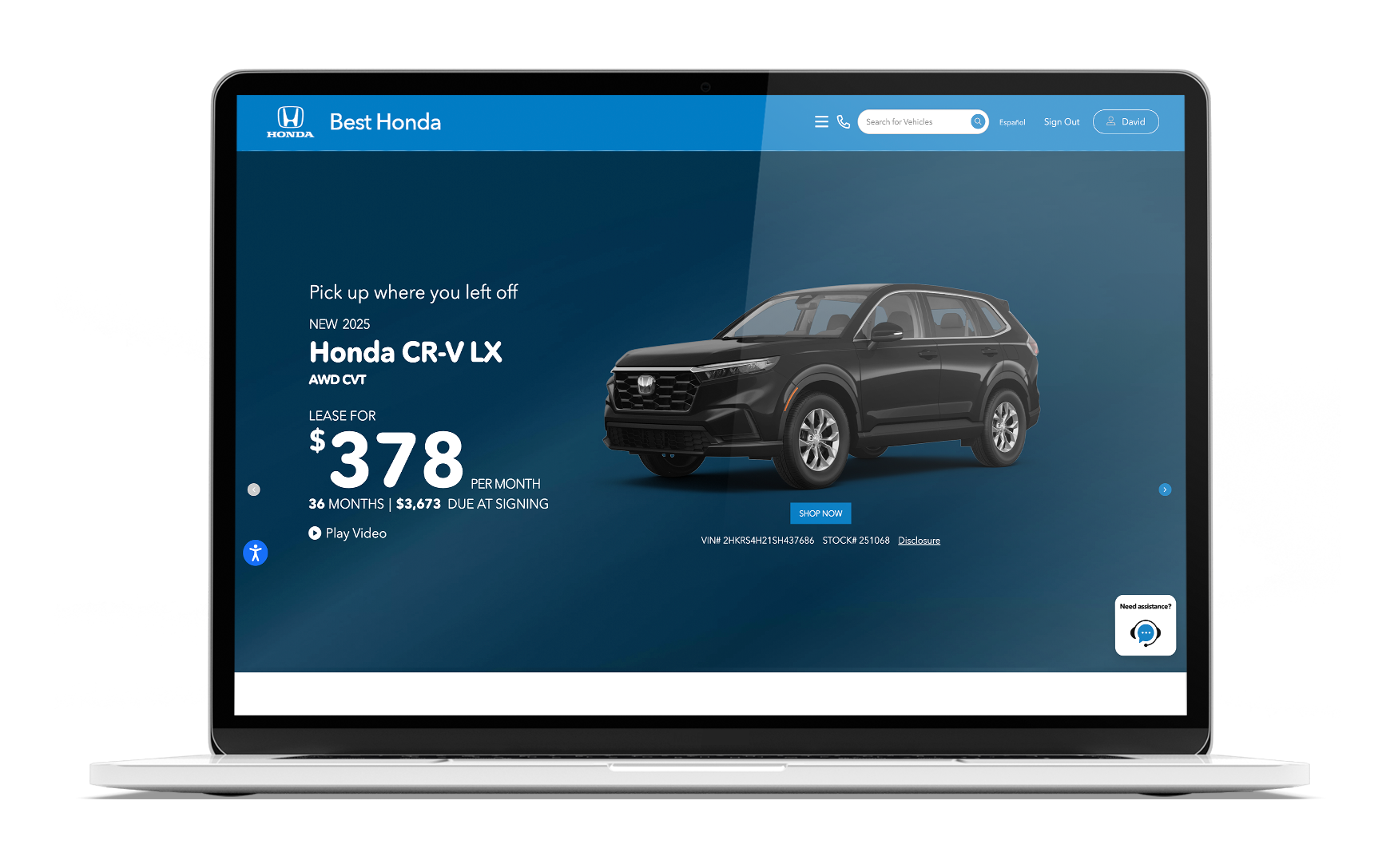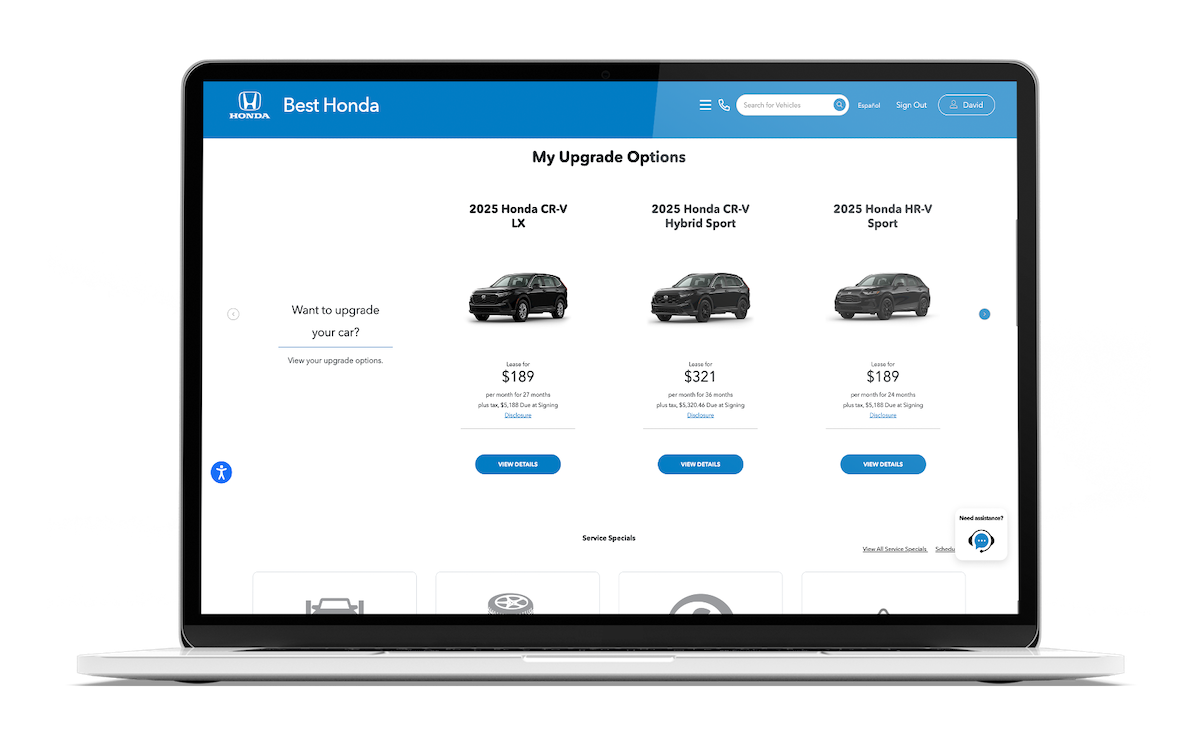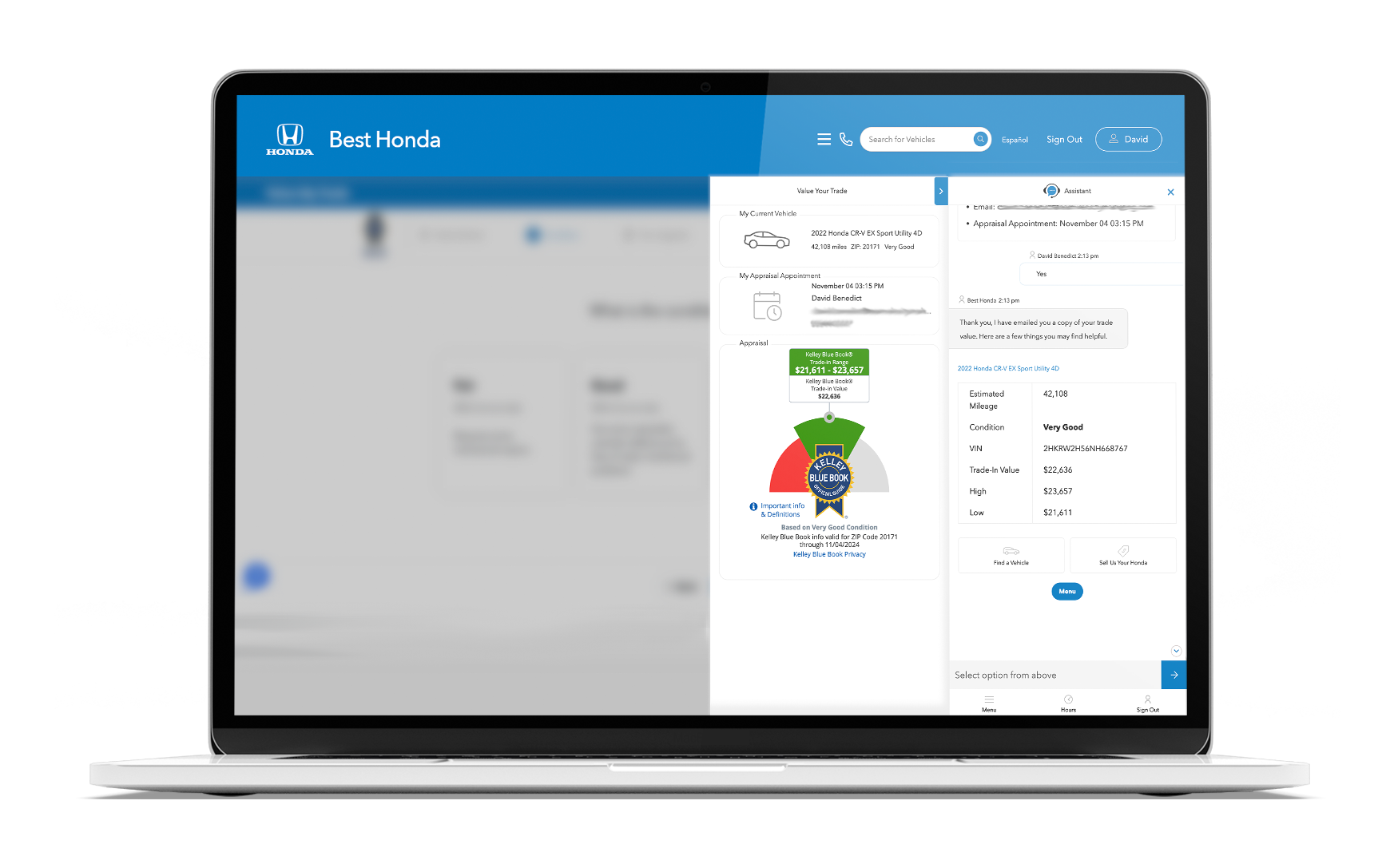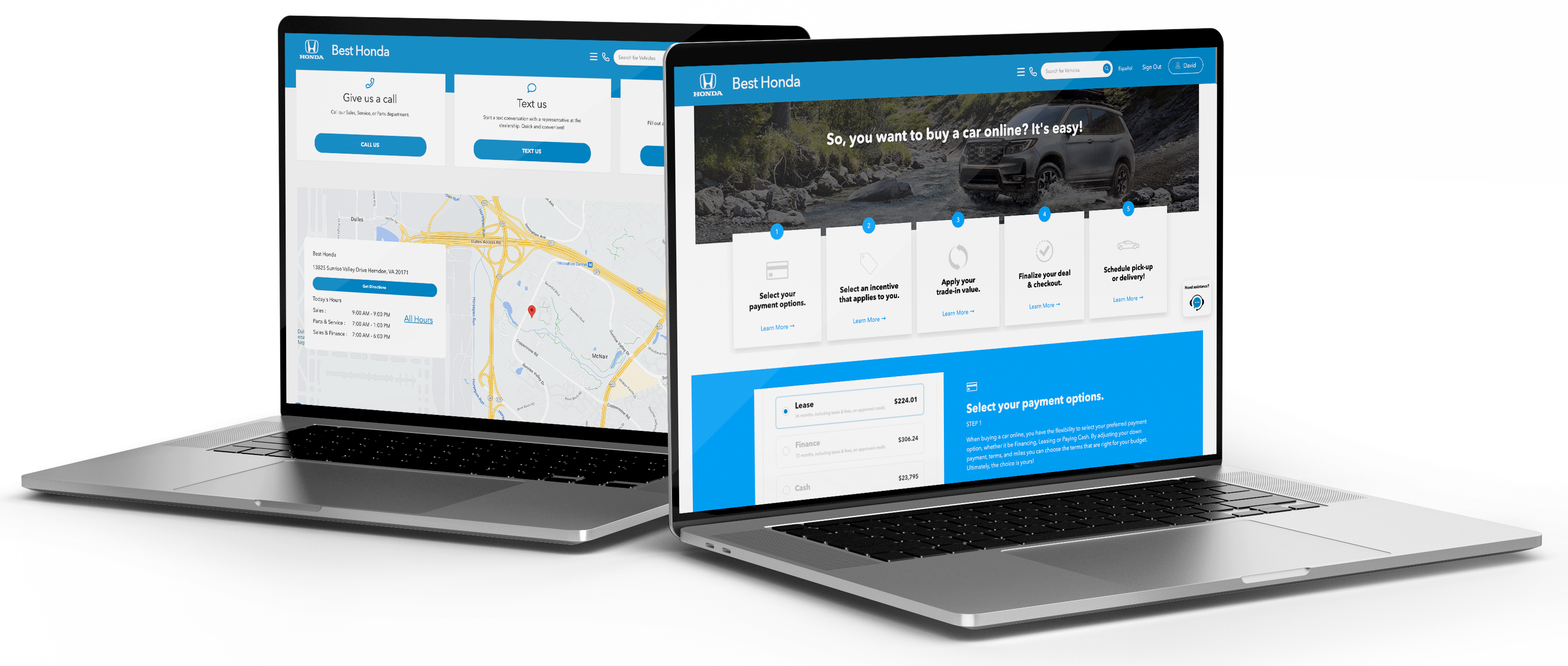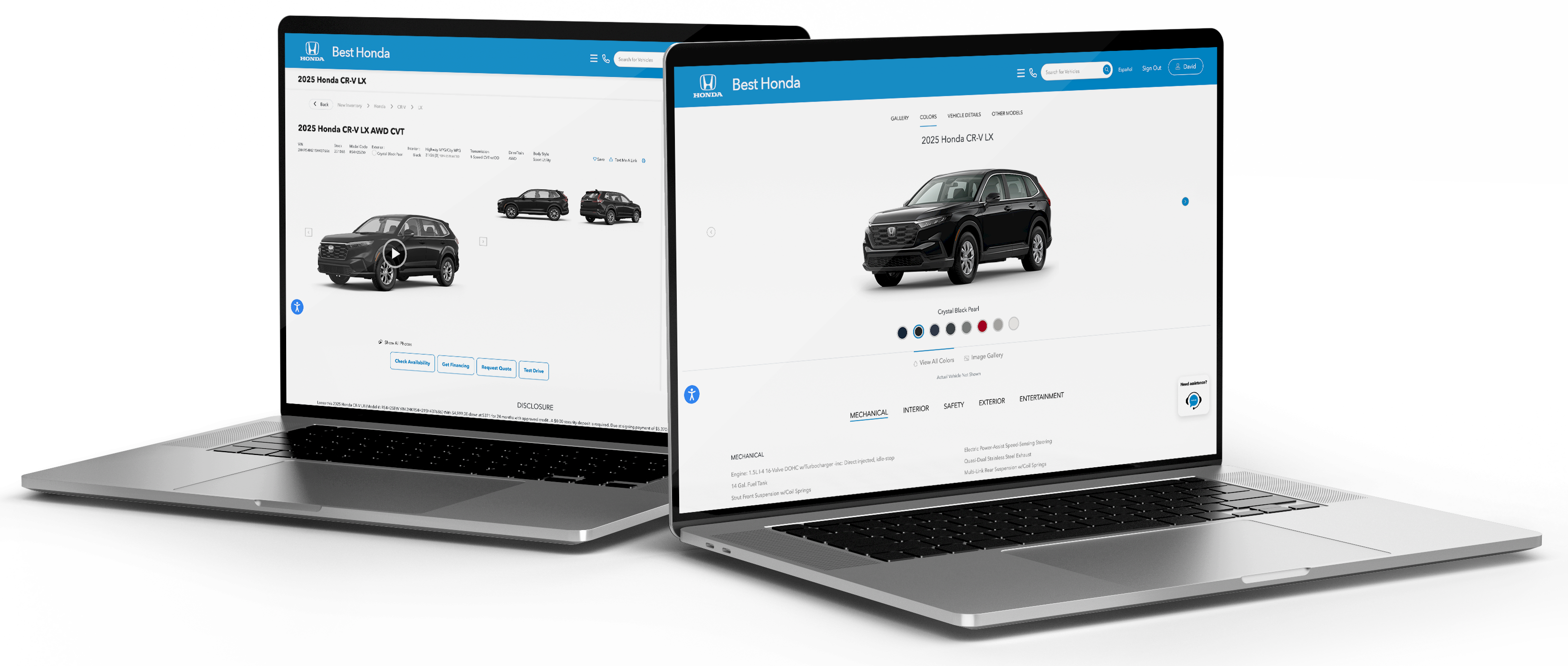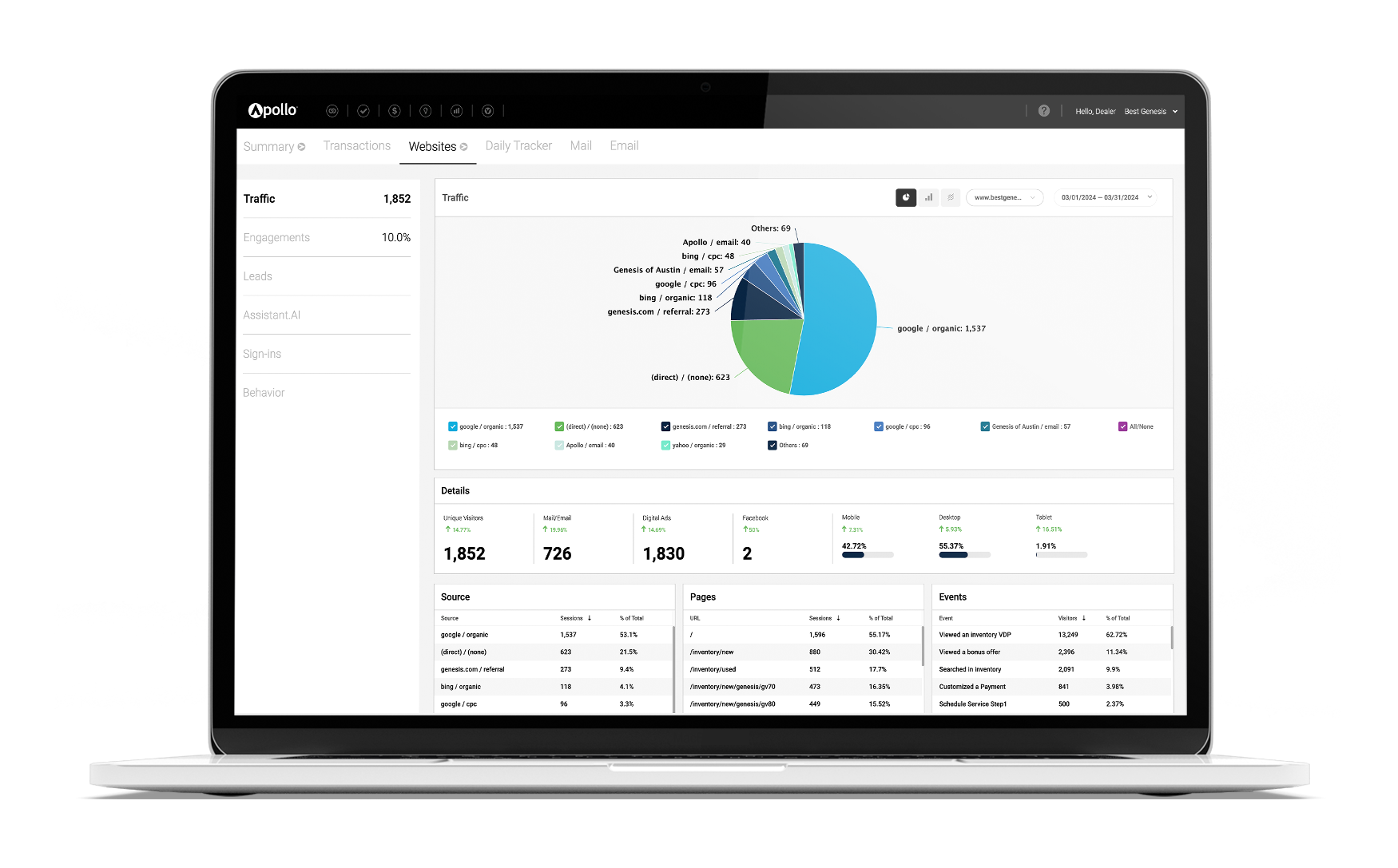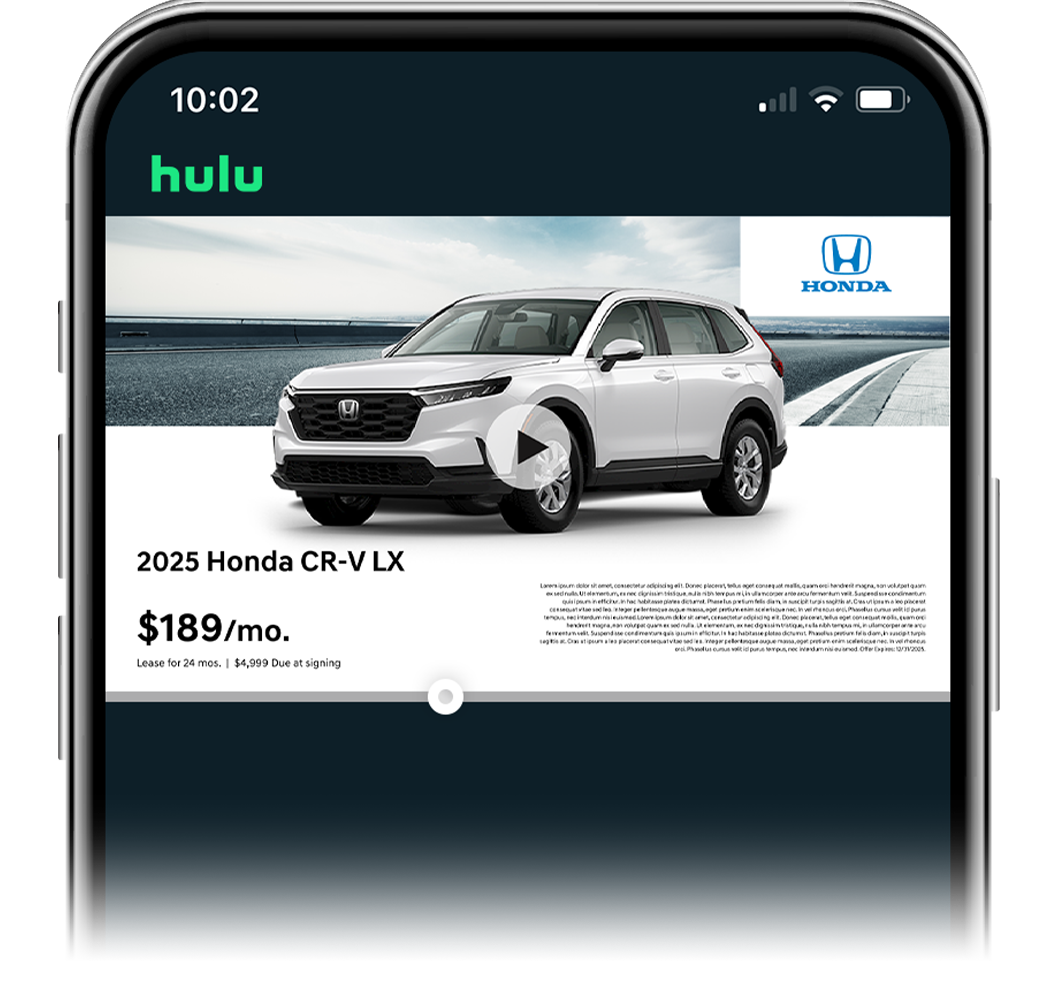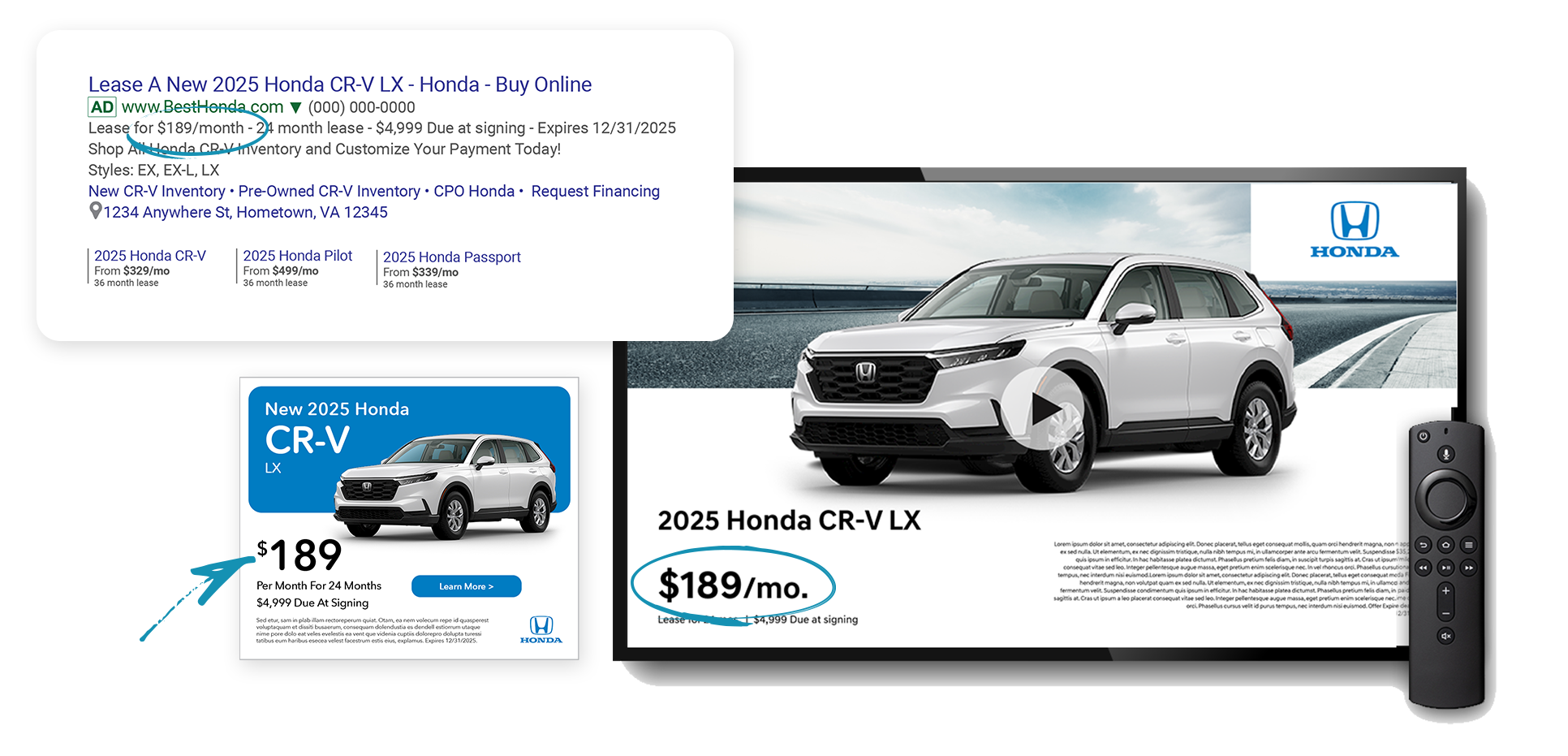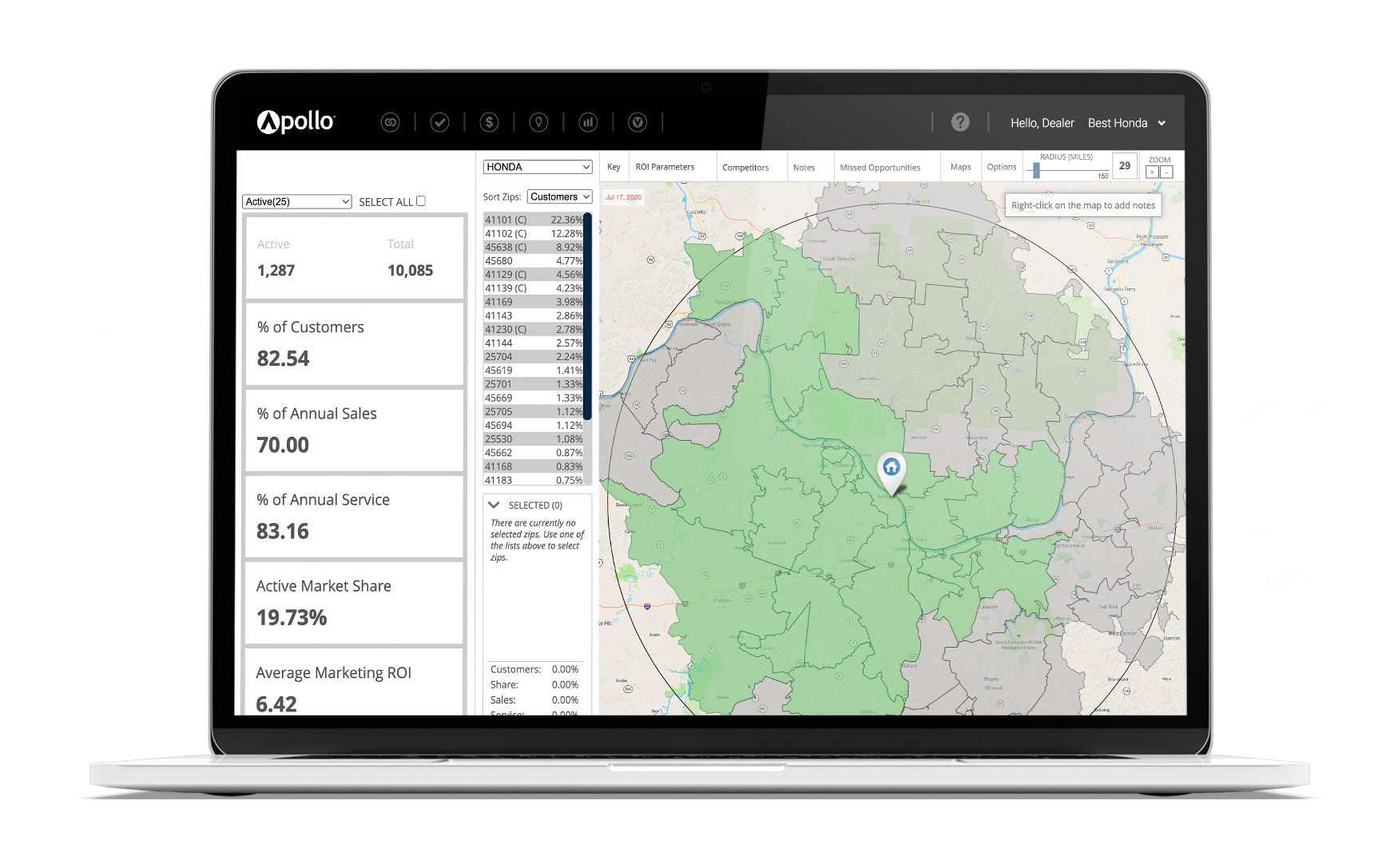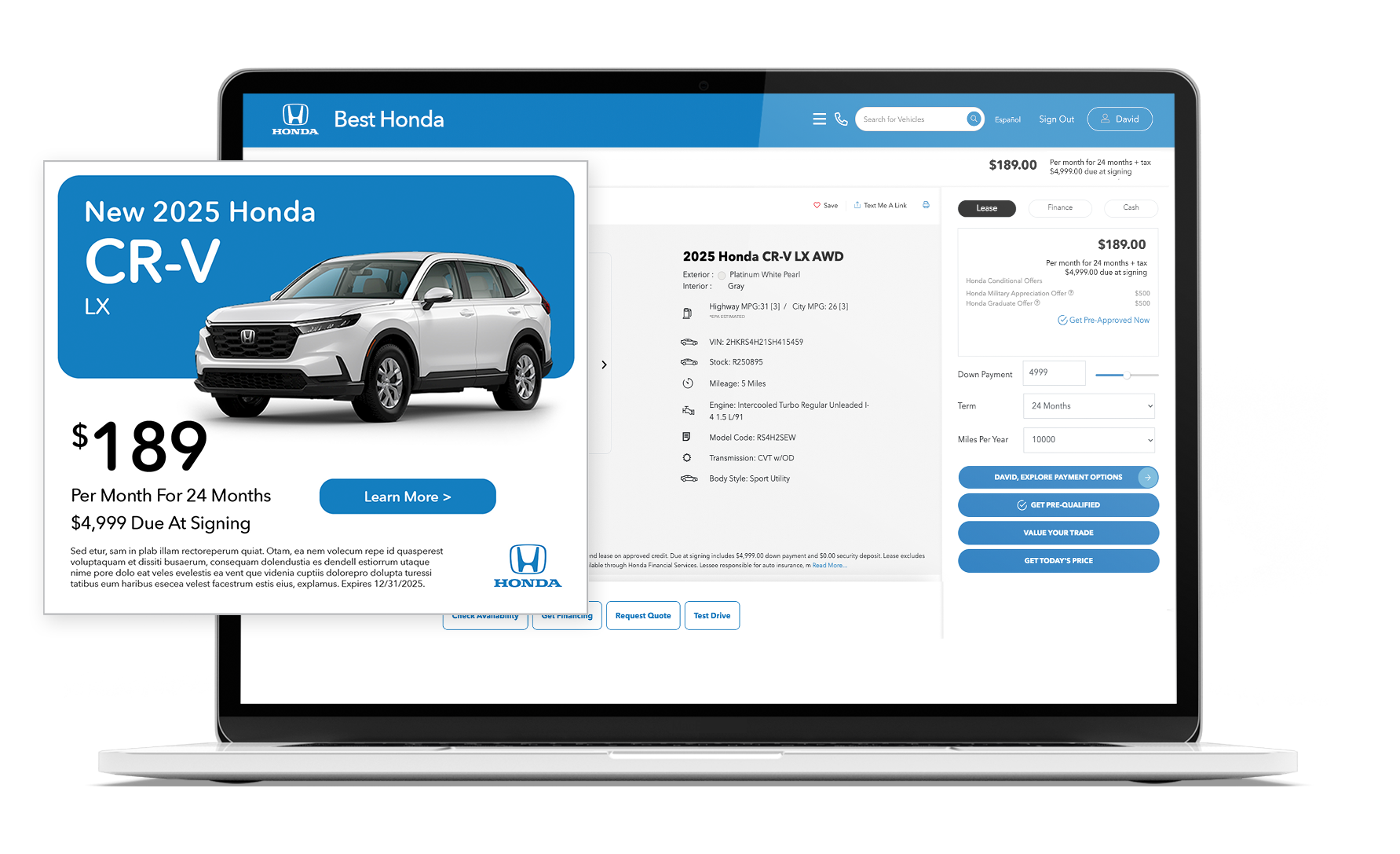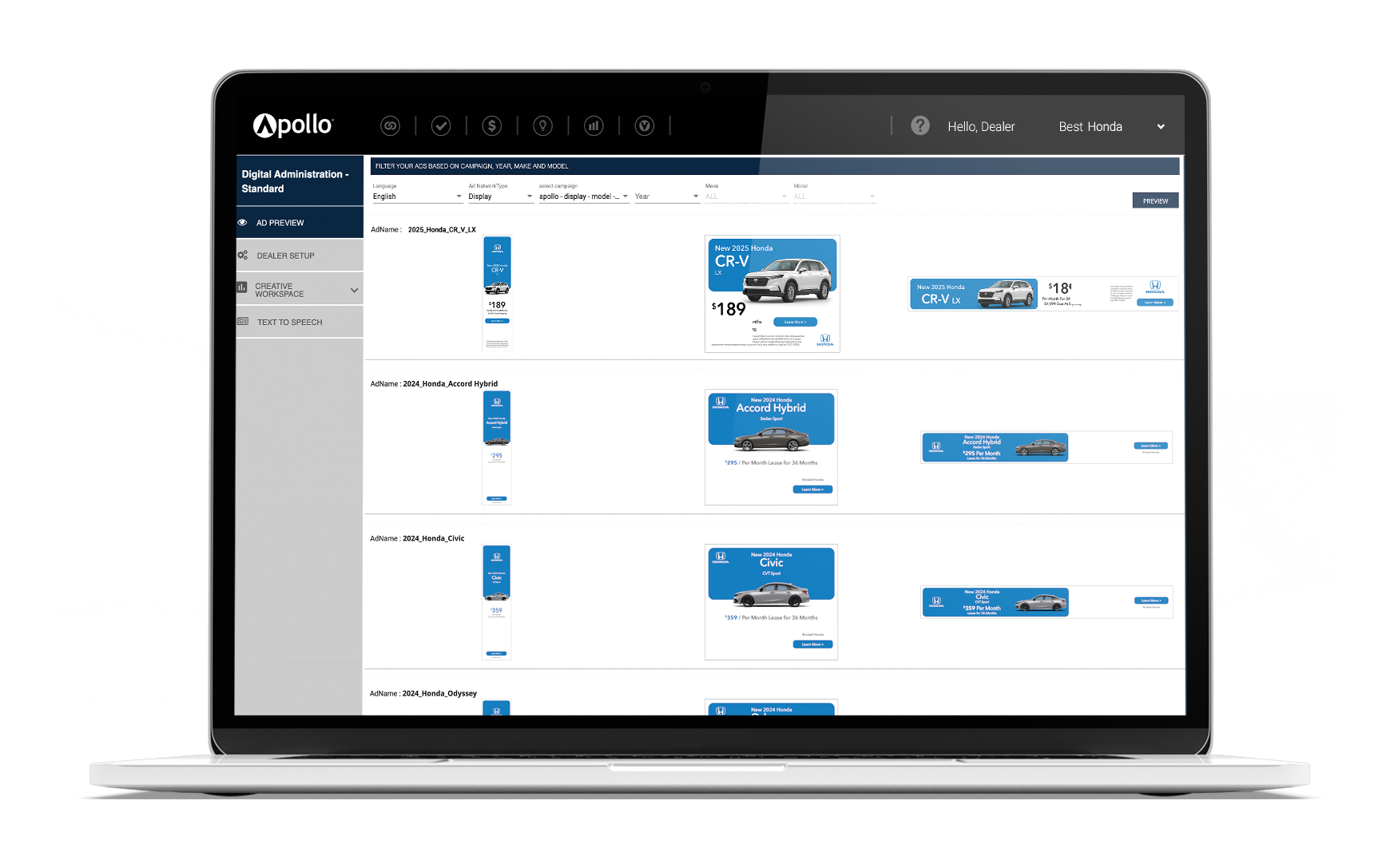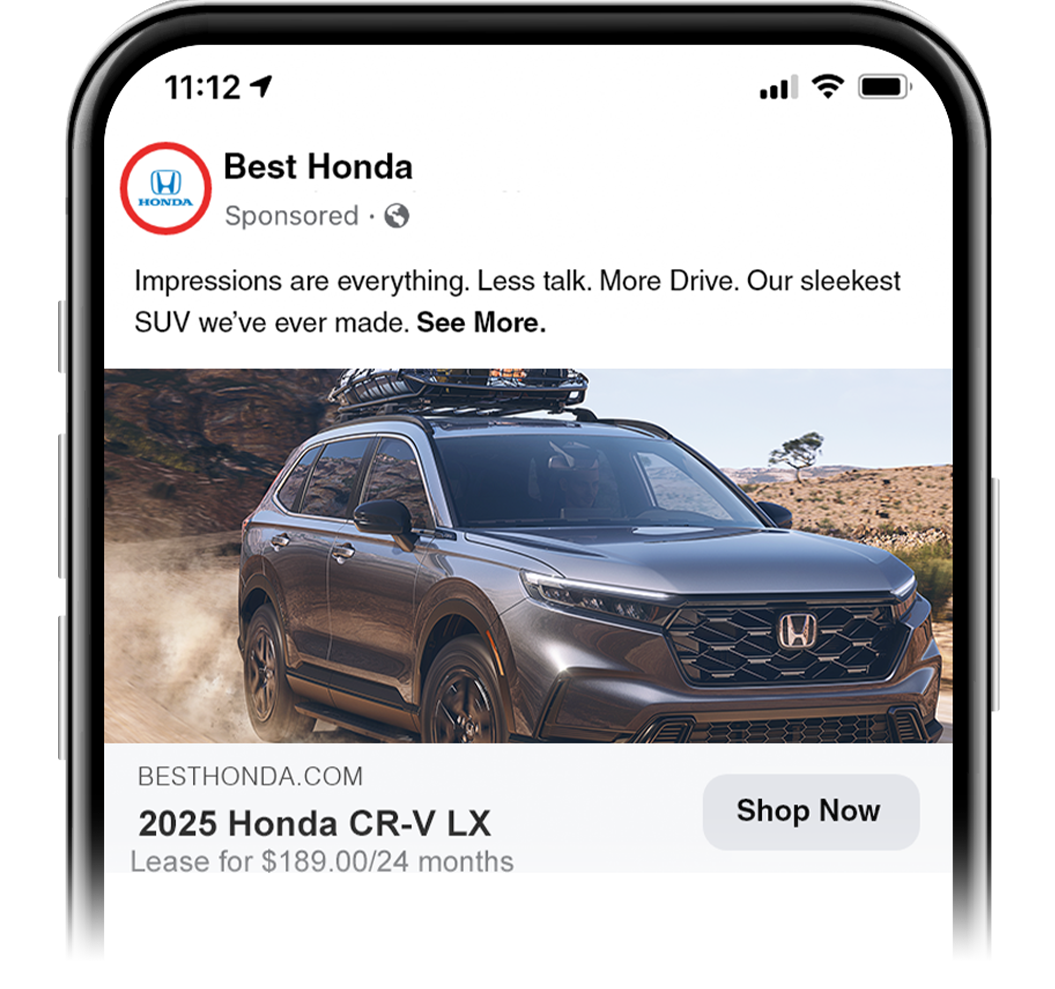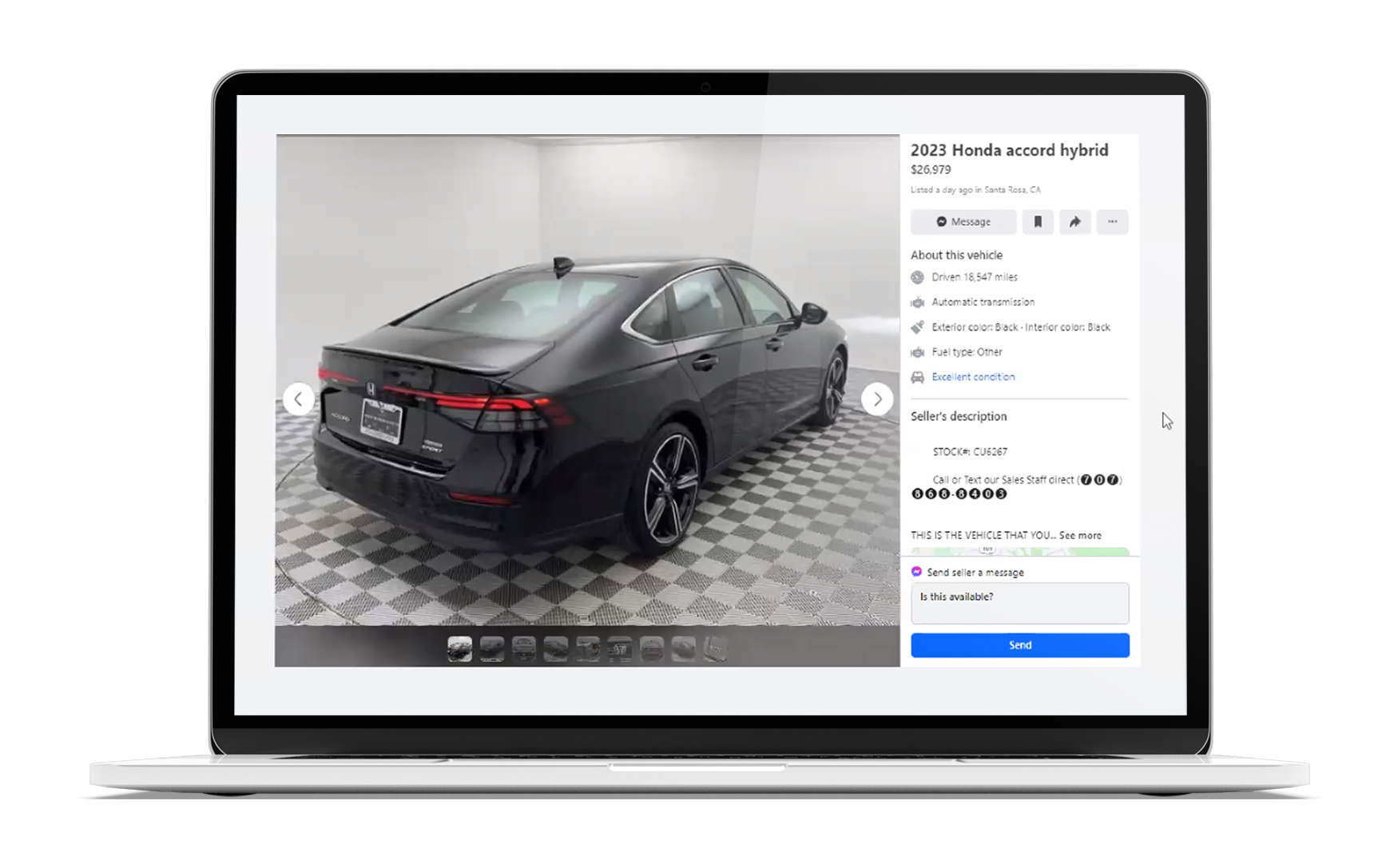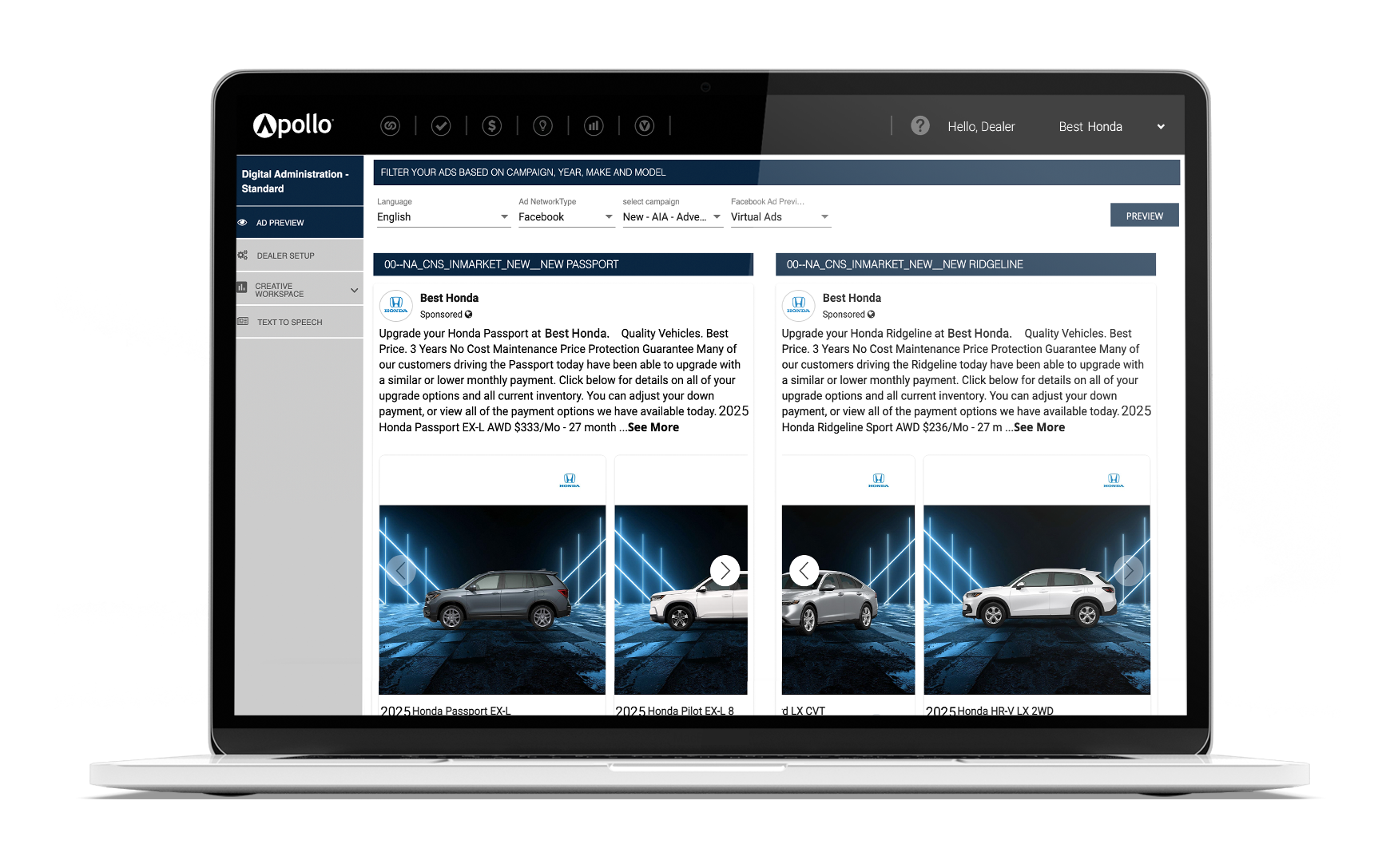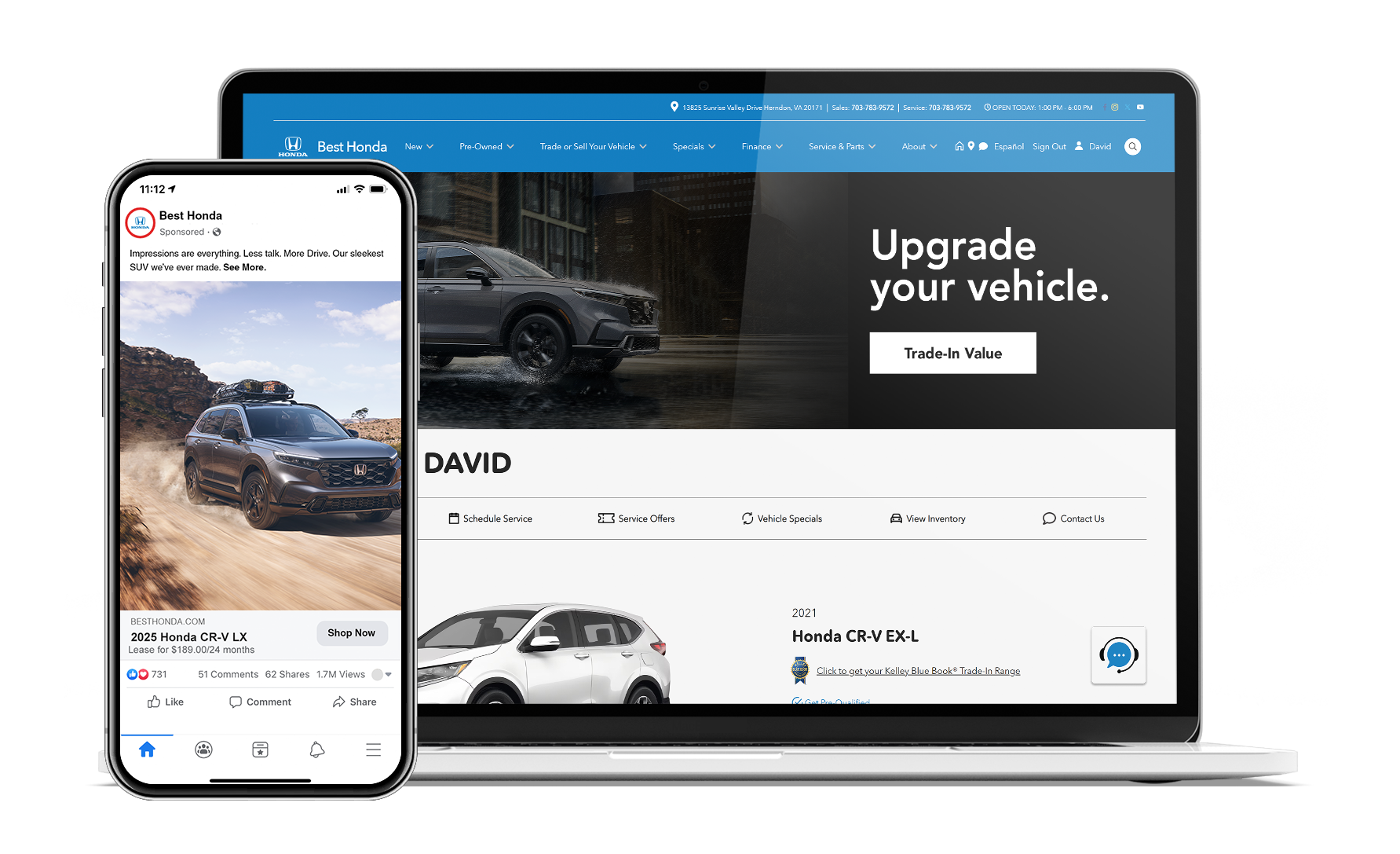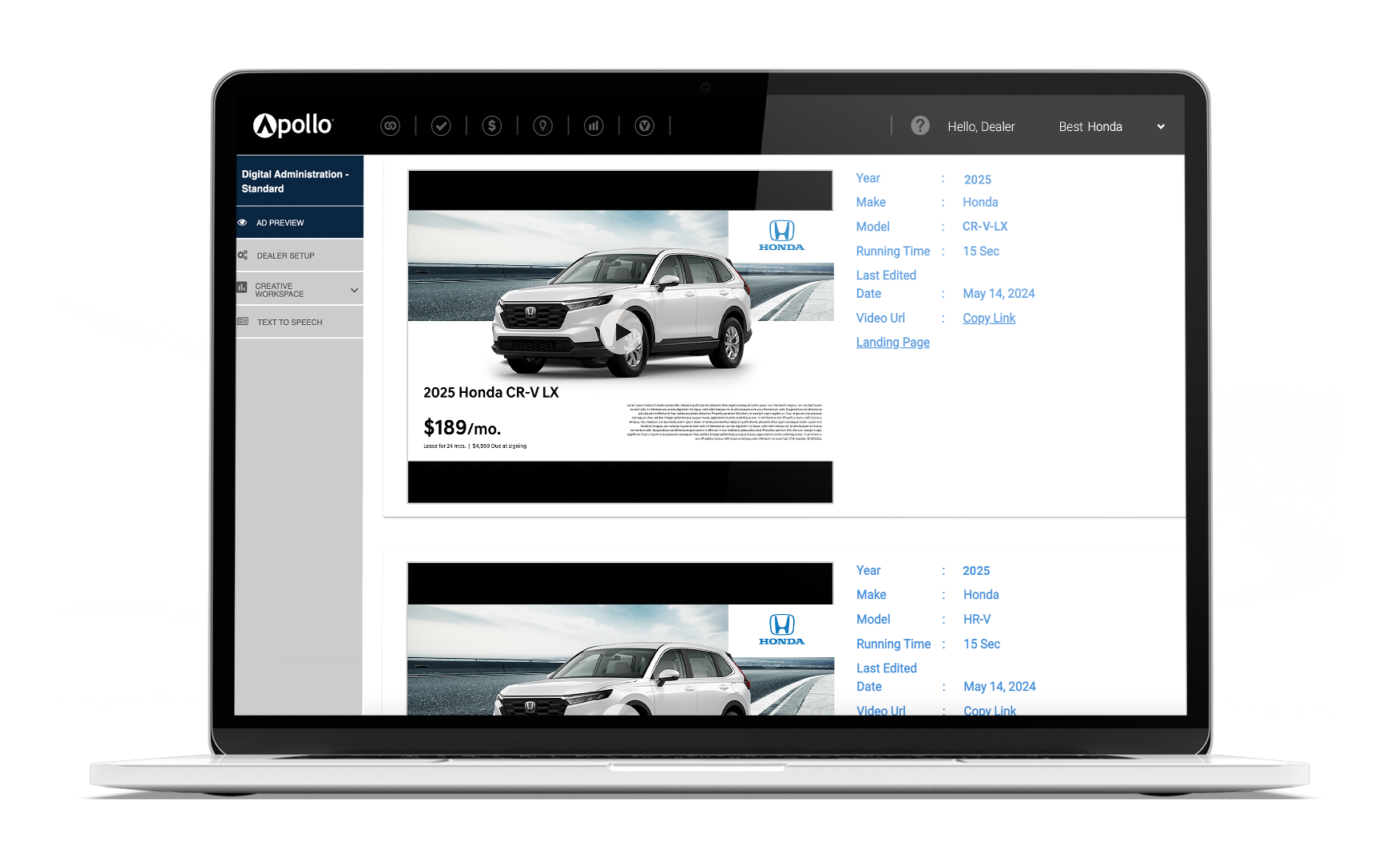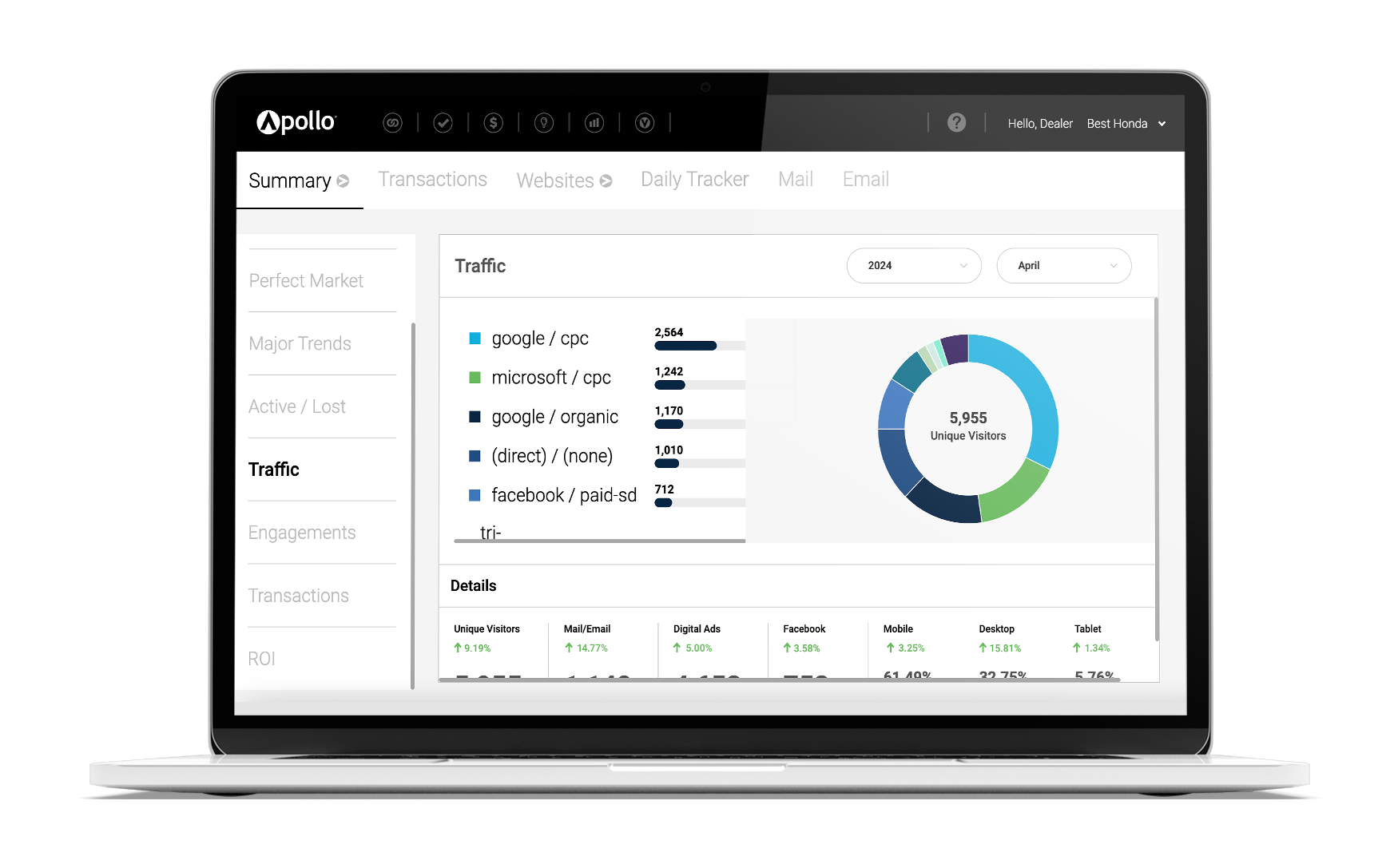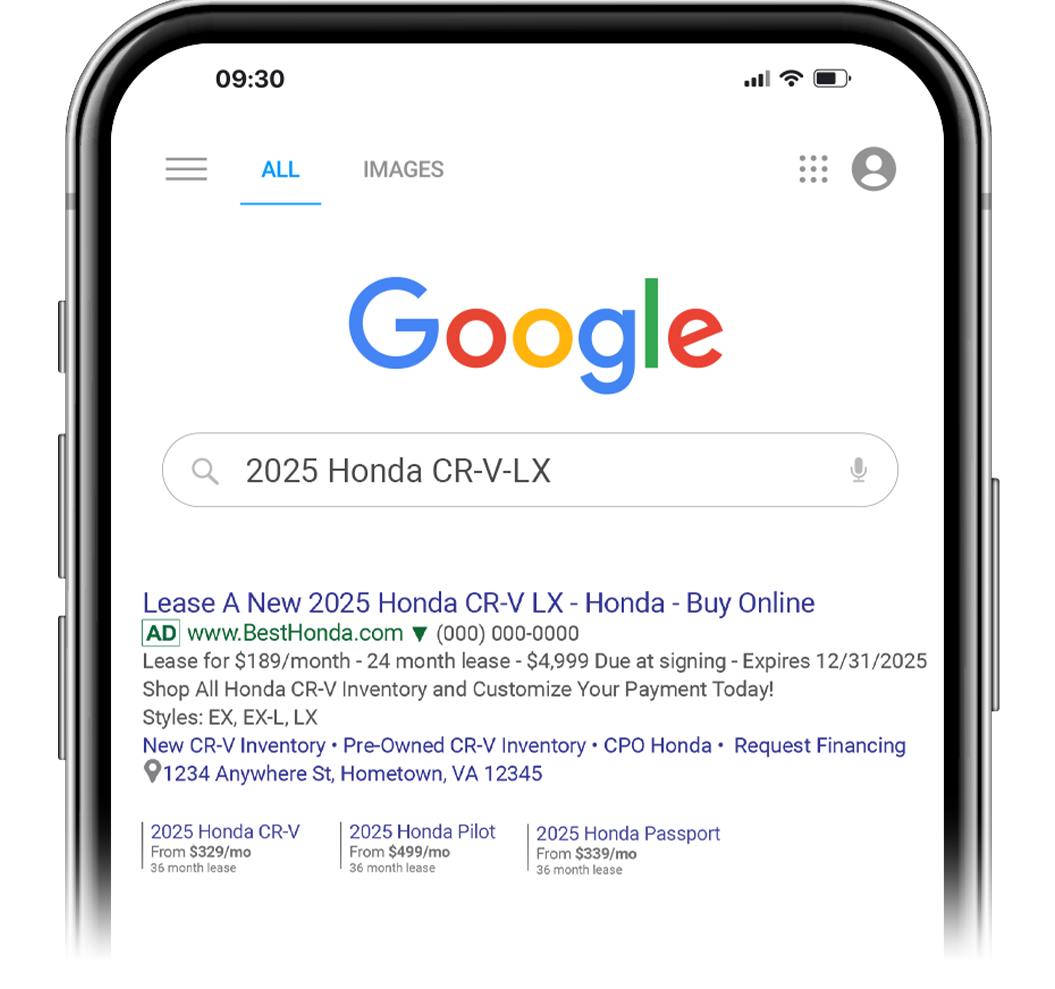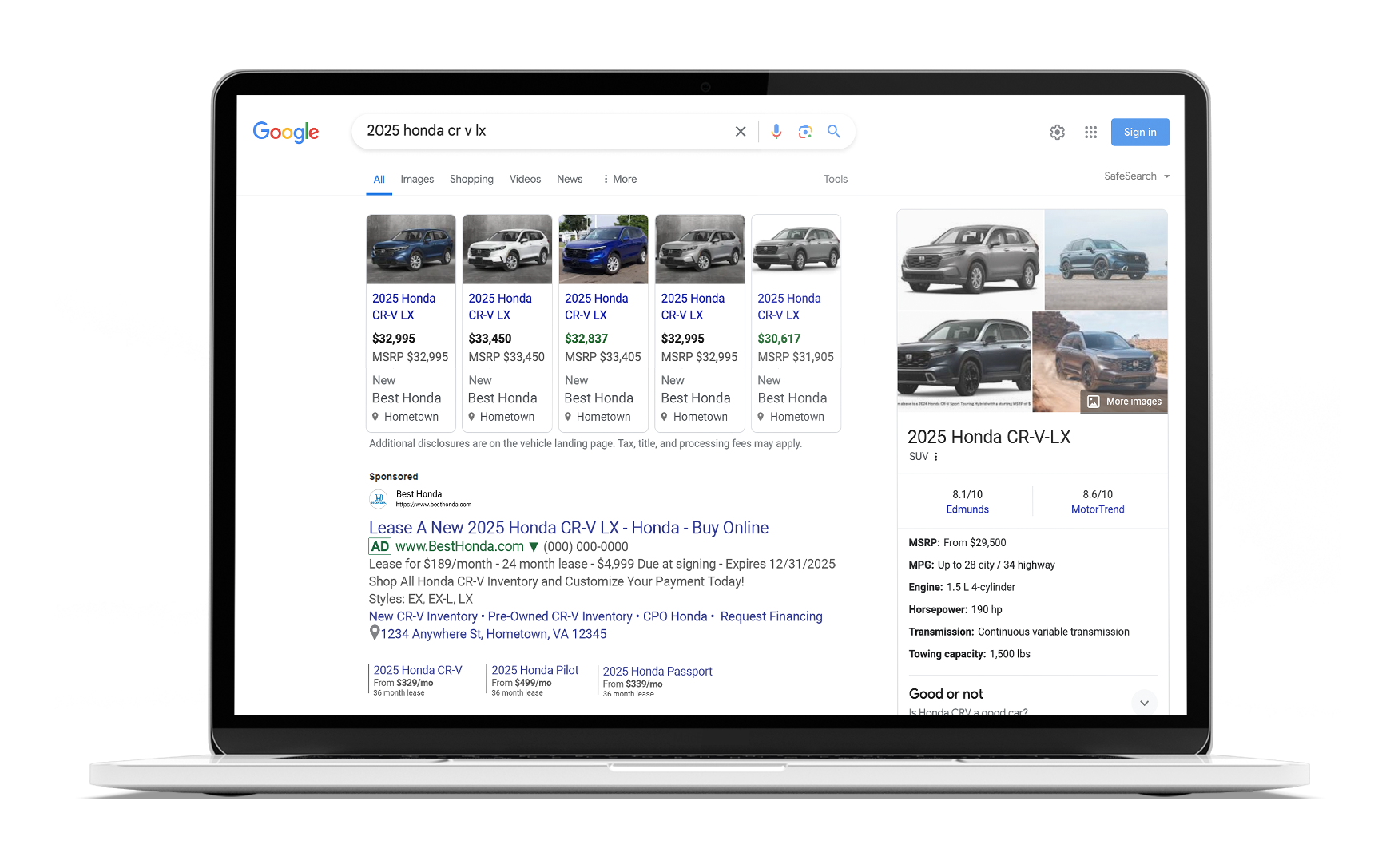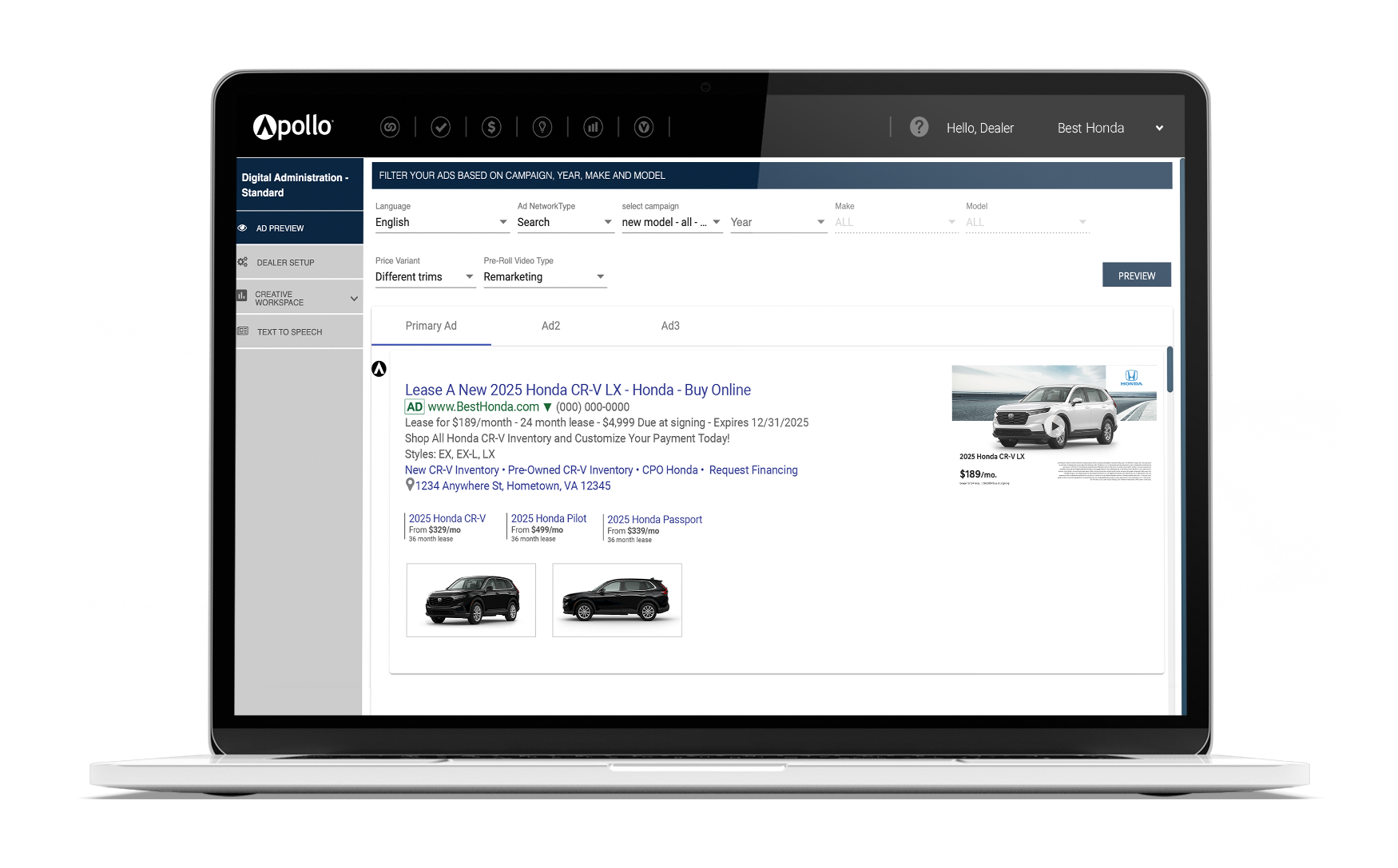Mission Improbable

There are so many excellent, innovative companies in this industry. I did not include our companies’ names because whether you feel we are leading in any of these areas isn’t relevant to this article. The point is, dealership managers are left to themselves to aggregate processes around at least 6 separate technology platforms. In our opinion, it’s Mission Improbable for most. Running a dealership is hard, it’s competitive, and it isn’t easy. Adding a technology integrator into the mix shouldn’t be part of the job description.
It doesn’t matter how great individual companies are or become in their respective swim lanes. There are just too many different technologies that will never integrate, strongly biased opinions, glowing reports and conflicting priorities for dealerships to make sense of it all. I applaud the effort (we are participating) in trying to develop a new integration standard (ADF-XML 2.0) across multiple platforms. But at best, it will only make a small dent in the real challenges dealerships face in today’s increasingly complex world of retailing.
Not even Fortune 500 companies have as many technology platforms to communicate with their customers and market themselves in an integrated fashion…as dealerships do. Every speech I hear has at least one reference to Amazon or Apple. They deliver world class experiences because they have a single, fully integrated platform that connects their marketing, their customers, their inventory and their logistical operations. They treat their existing customers (like me) very differently than new customers, by heavily factoring my purchase history and my relevant data across every touchpoint I have with them. That’s one of their most powerful advantages. 99% of dealerships can’t do that because their data lives in 6+ places, not including accounting, and each platform performs a set of narrow functions. Go to any dealership’s website and look for the ‘Sign In’ button or ‘Current Customers, click here’. You won’t find it! When someone who you already do business with visits your site to engage with you and the first thing you ask is for their name…well that says it all. Today’s consumers demand to KNOW ME BETTER, SERVE ME FASTER, and WOW ME EVERYWHERE. While that concept is simple to type, it’s hard to execute.
Even if a dealership kept it simple and only picked the largest company in the limited number of technology categories highlighted in the graphic, they would still be left trying to make it all work. These companies are hugely successful and best in class. But guess what? They also have the least desire to work together, are fiercely competitive and nobody can blame them for that.
When I started in the business, it was common for dealerships to use separate finance systems (like Coin) or service retailing systems. We walked many deal jackets upstairs to accounting for them to keypunch into the DMS, which sounds nuts by today’s standards. But, once dealerships got used to the integration…they couldn’t live without it and most of those independent companies were either purchased (like us) or they vanished. This certainly isn’t the case anymore as these companies are entering the space as fast as they can, typically with a singularly focused solution and a pocketful of investment cash.
I was fortunate enough to start my first company at 22. I worked in dealerships at nights and on the weekends while developing and selling some great software during the day. After 3-4 years I was able to just focus on building my first business. I asked lots of questions to anyone who was successful in an effort to learn. I knew nothing except for how to outhustle most people. I truly did not know what I did not know.
I heard a lot of inspiring thoughts, but the one piece of advice that was consistent was, “Do one thing and do it well. Do it better than everybody. Focus”. And ultimately, that’s what we did. It was good, sound advice, and I think most entrepreneurs in the automotive space subscribed to the advice I was given both then and now. That’s why all the leading and largest technology platforms are still singularly-focused and not integrated to this day. They stayed in their swim lanes….and a whole bunch of new platforms are on their way because Silicon Valley is betting and banking that these siloed tech platforms are the answer.
That strategy and advice no longer makes sense in an increasingly complex business environment like automotive retailing. In fact, I think the opposite, So much has changed, and today’s consumers’ expectations are now being established by companies like Apple, Amazon and Google. They are fully integrated across every touchpoint. The bar is high and personalizing the consumer experience is a necessity based on how consumers have been conditioned. I recently read an email from a current customer that asked the dealer a basic question. “I have purchased and serviced multiple cars from you, why don’t you fill all this paperwork out for me? Why do you not save me the 4 hours to buy from you again? Ugh.”
That’s why we have been on a long-term mission (aptly named Apollo) to build one fully integrated omni-channel technology platform that can facilitate every ounce of communicating, marketing, retailing and servicing a vehicle online or offline from one database. We couldn’t license or buy the technology, or piece-meal it together through a series of acquisitions. It had to be designed and constructed from the infrastructure level up. It’s been difficult, it’s been filled with setbacks and 5x as challenging and expensive to create as we thought. We are not done, but we have tackled the most difficult technical aspects of the mission. People always ask me, “why are you doing this?”. We are doing this because we firmly believe this is the only logical way for dealerships and OEM’s to facilitate the changes required to meet the demands of today’s consumers — by implementing one integrated omni-channel platform. The large aggregators have struggled to piece together integrated solutions through acquisitions and most start-ups don’t have enough capital, the know-how or the desire to compete in as many arenas.
Something as basic as making sure that every single medium a dealership is advertising in (from free to paid) consistently displays the exact same offers, payments and disclaimers for every single model, trim and for every piece of inventory in stock. Consistency equals credibility to consumers. When something changes like incentives, selling price, inventory, compliance or a state regulation, we are able to ensure everything is automatically updated in minutes across all the mediums and on all the major ad platforms. In addition, retaining current customers is so vital to a dealership’s business that it should be 75% easier and faster to transact in sales or service than it would be for a brand-new customer. That’s the reward for being a repeat customer. A dealership’s primary website should cater to their existing customers as much as it does to the public. By simply cross referencing a phone number from a customer who is speaking, texting or using Voice, you can find out hundreds of other pieces of critical data to make it easy to facilitate another profitable transaction in minutes with zero friction. But, there are so many competing technology platforms, it doesn’t happen…yet.
My gut is that we are not only going to continue to see further dealership consolidation, but we will see vendors consolidate, merge, get acquired or vanish completely because omni-channel technology integration is going to be the future. OEM’s are going to start looking at the logic and power of entire platforms for their retailers that connect Tier 1, 2 and 3 seamlessly. Today, they overload their dealers with individual technology platforms cherry-picked by an uninvested 3rd party to evaluate them, primarily based on obtaining the lowest price. The CO-OP programs have a purpose for sure, but dealers are left trying to make sense of all the separate technology platforms that will never work together. So, who wins? Not the dealership and certainly not the customer.
Last but certainly not least, the consumer experience itself won’t be frictionless because so many important touchpoints are inconsistent. They are also painfully SLOW on mobile devices because most dealership websites (not all) have become widget farms with too many 3rd party plug-ins.
Do this simple exercise for your dealership.
Take one common vehicle/trim that you have in stock (that you are advertising) and do the following:
- Search for that model in Google and jot down the payments and terms you are advertising, if any exist.
- Then go to the landing page, and jot those down.
- Do the same thing on YouTube and jot down any payment-based offers you see, if any.
- Then go to your primary website, jot those down.
- Then go into your Equity Mining Tool, jot those down.
- Then go into your CRM and see what those outbound emails have for payments.
- Then go to Facebook, jot those down.
- If you send your customers mail and/or email, jot those payments down.
- Then pull up your retailing plug in (if you have one) jot those down.
- Then go to the 3rd party sites and jot those down.
- Then call the store and ask about the payments for that same car you might purchase or lease.
- Then email your dealership and ask the same basic question.
- Now be the customer who simply wants to know “do you have a (?) and how much would it to be to Lease or Finance it per month? Many of them are exposed to all the above scenarios.
If you are advertising or communicating payment-based offers (which works 2x better), you have a massive amount of work to do make sure everything is consistent. The fact is, most dealers give up, because it’s Mission Improbable. They go back to the generic ads that don’t include the single most important information that should be available to today’s consumer which is… “Do you have it, and how much is it?” This is especially important for your active customers and repeat buyers.
To my many dealership friends, do your best, don’t get frustrated, don’t switch vendors as frequently as you do. Start asking questions about how things work together. Demand consistency on every touch-point because your credibility depends on it. Shop yourselves everywhere. Most importantly, start looking for omni-channel platforms that do more for you with less log-ins. You can be as integrated as your phones, computers and the favorite companies you transact with. Licensing more single-channel technology platforms just overloads you with more technology and requires more of your time to learn it and implement it.
David Boice
Founder and CEO


